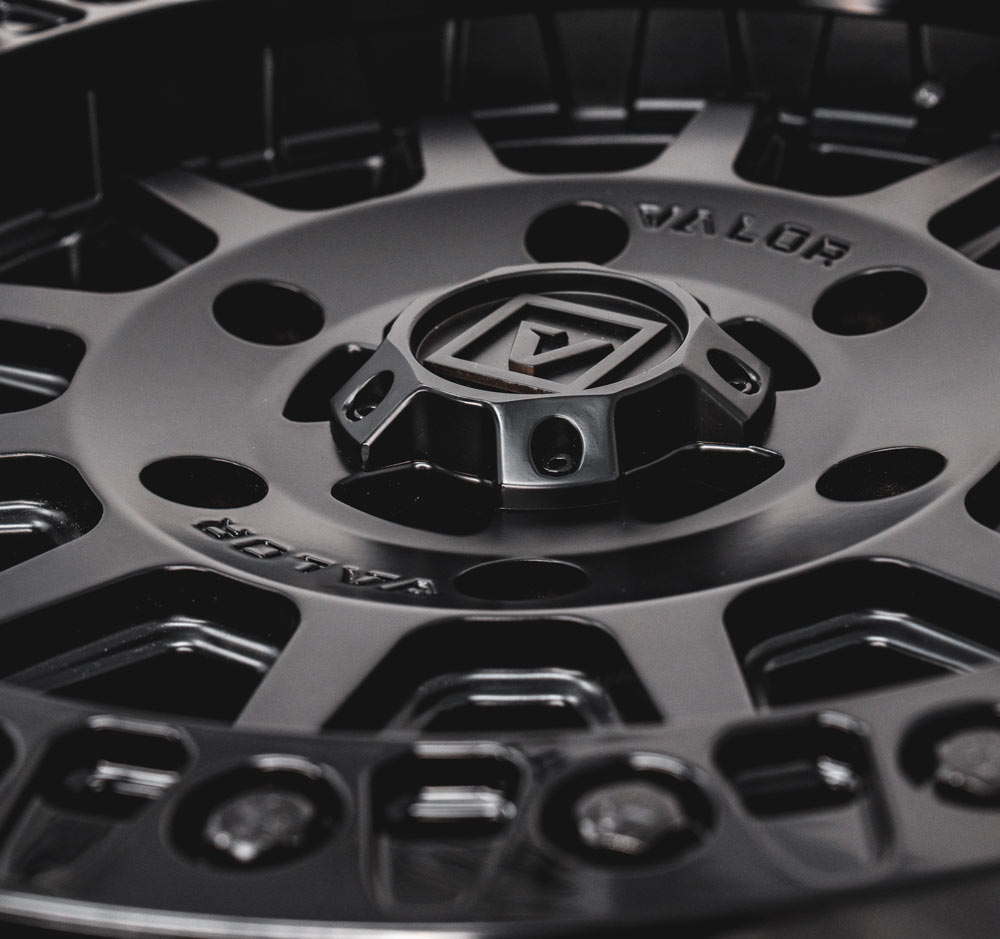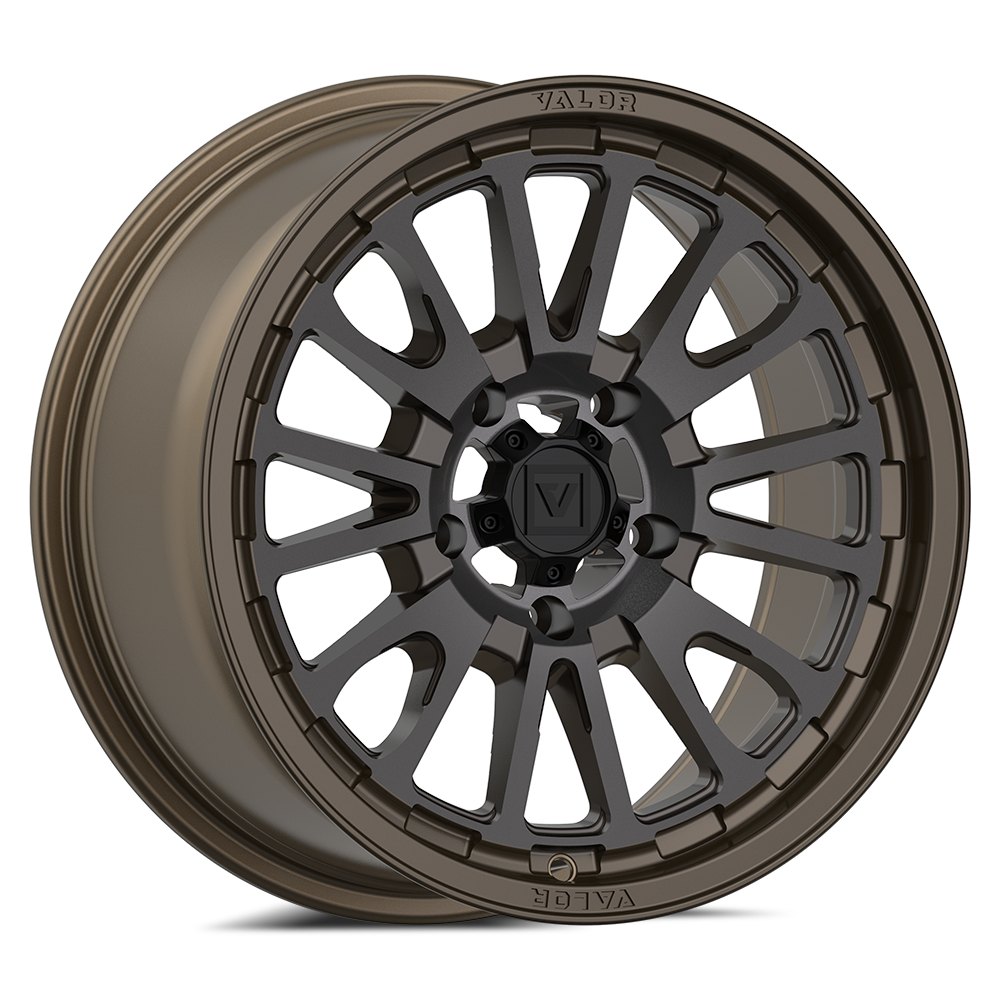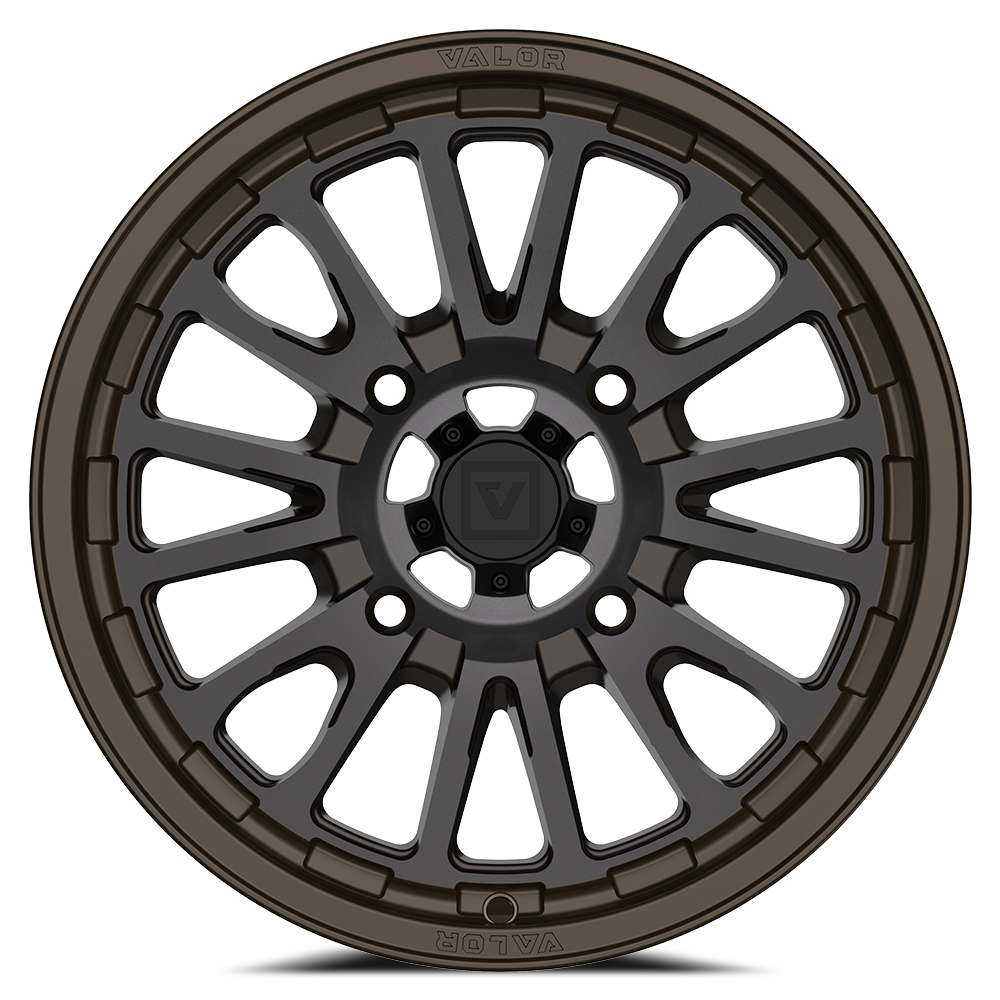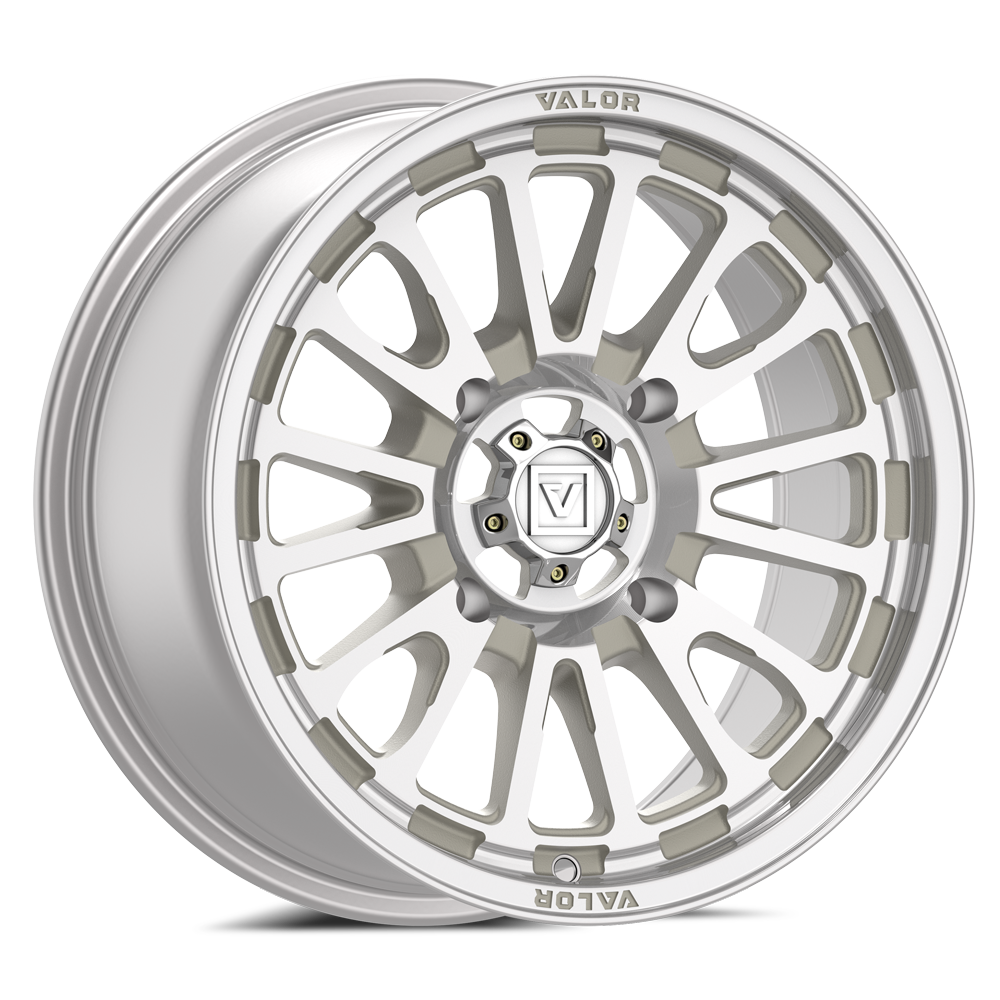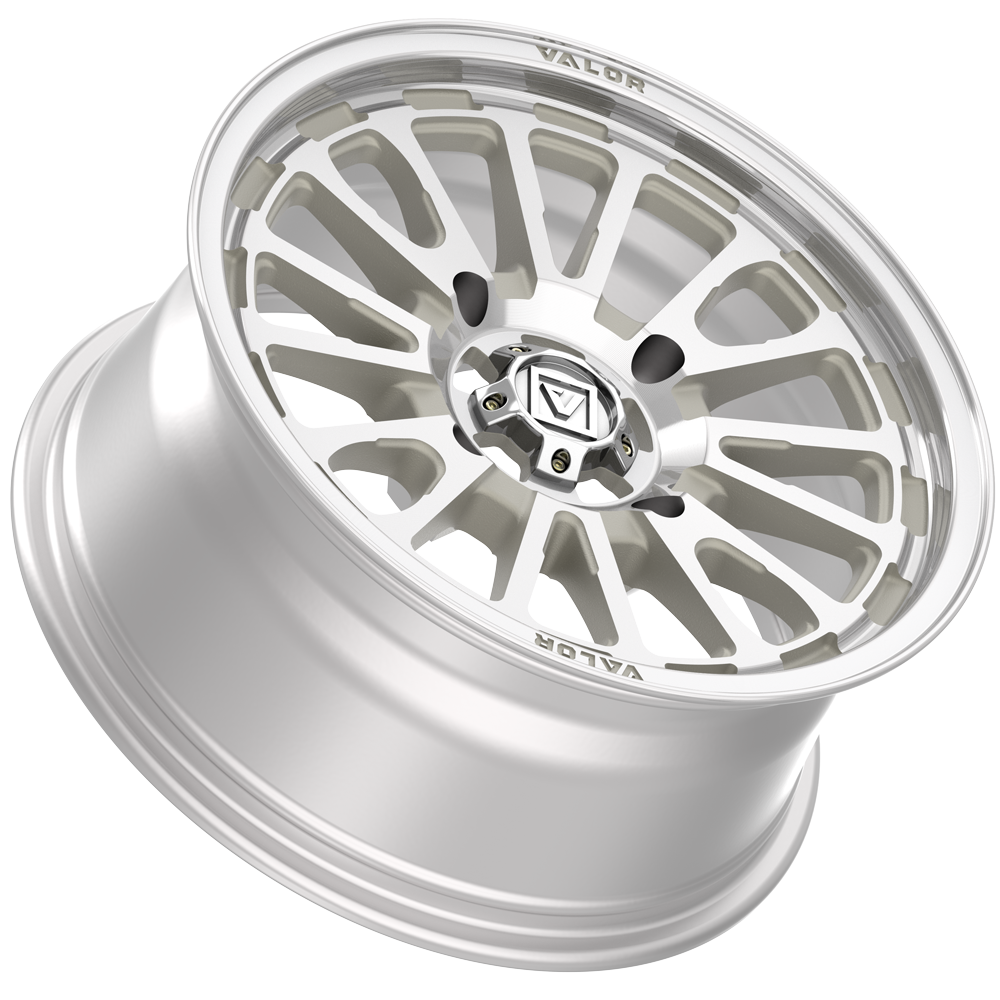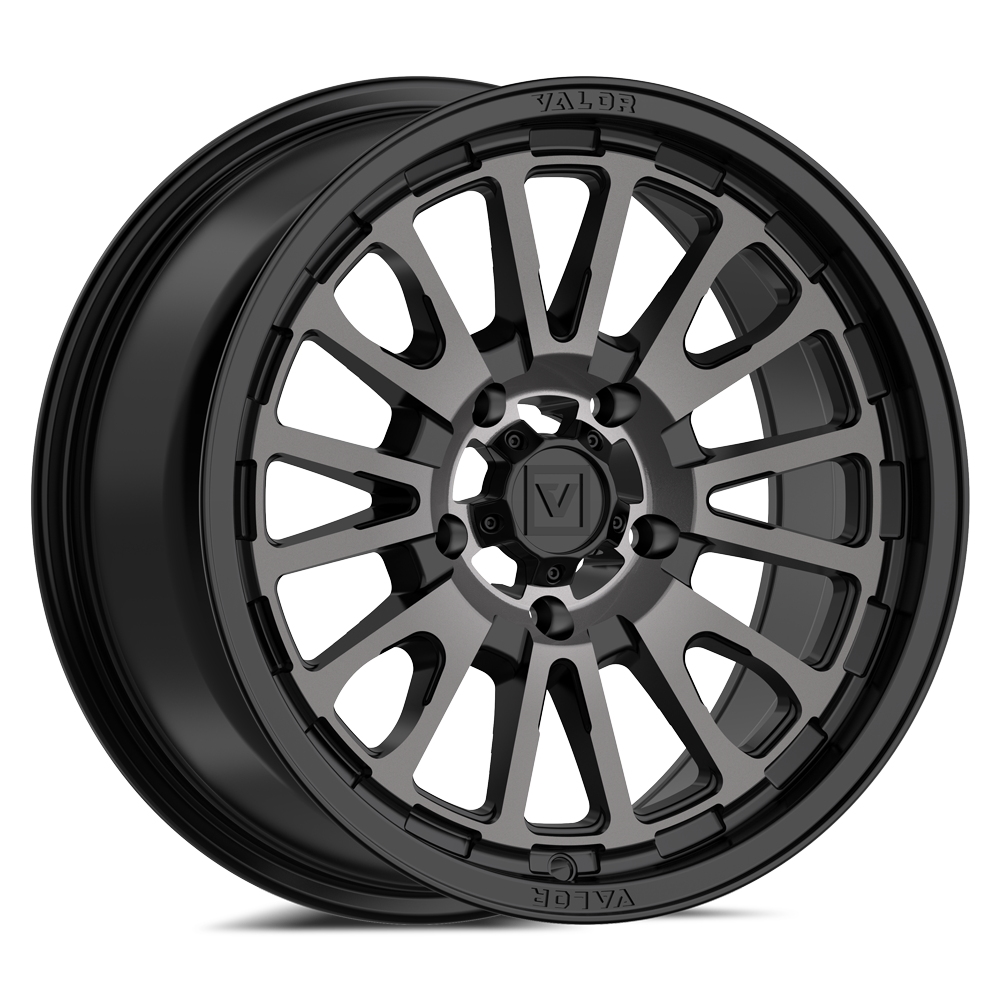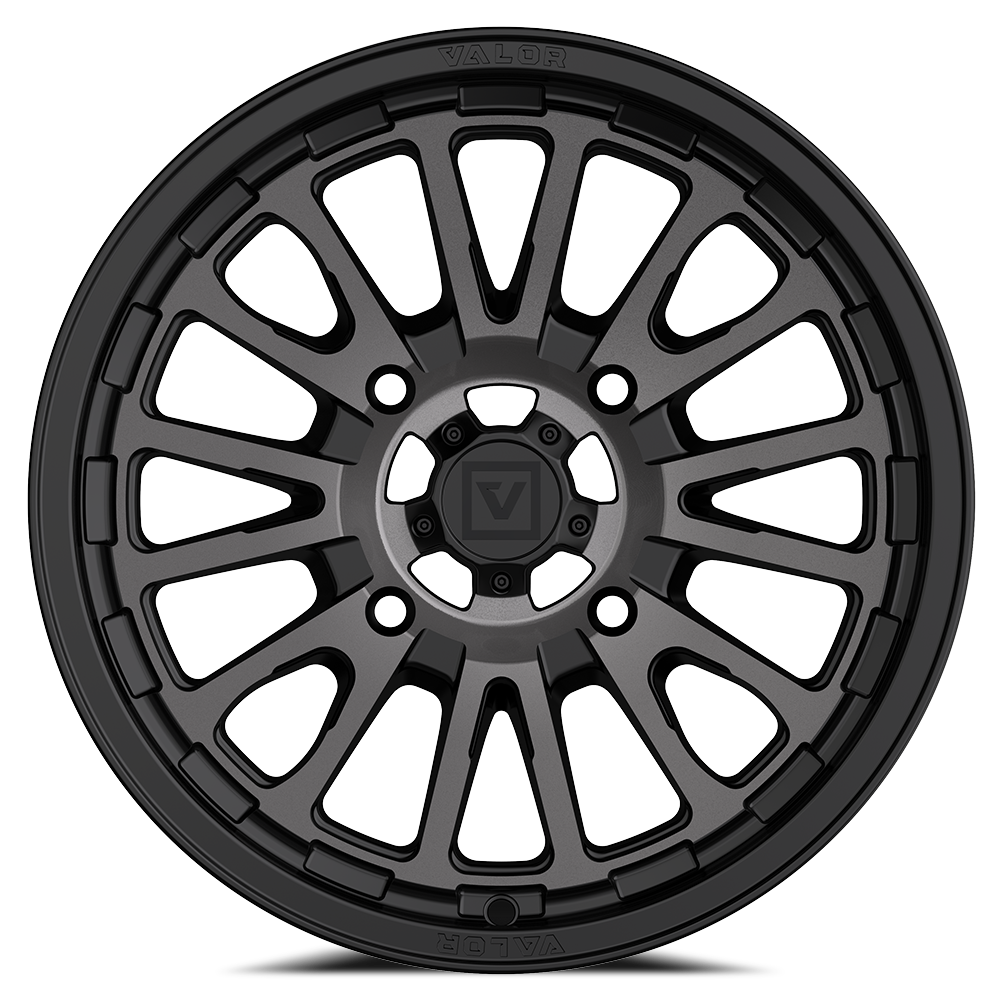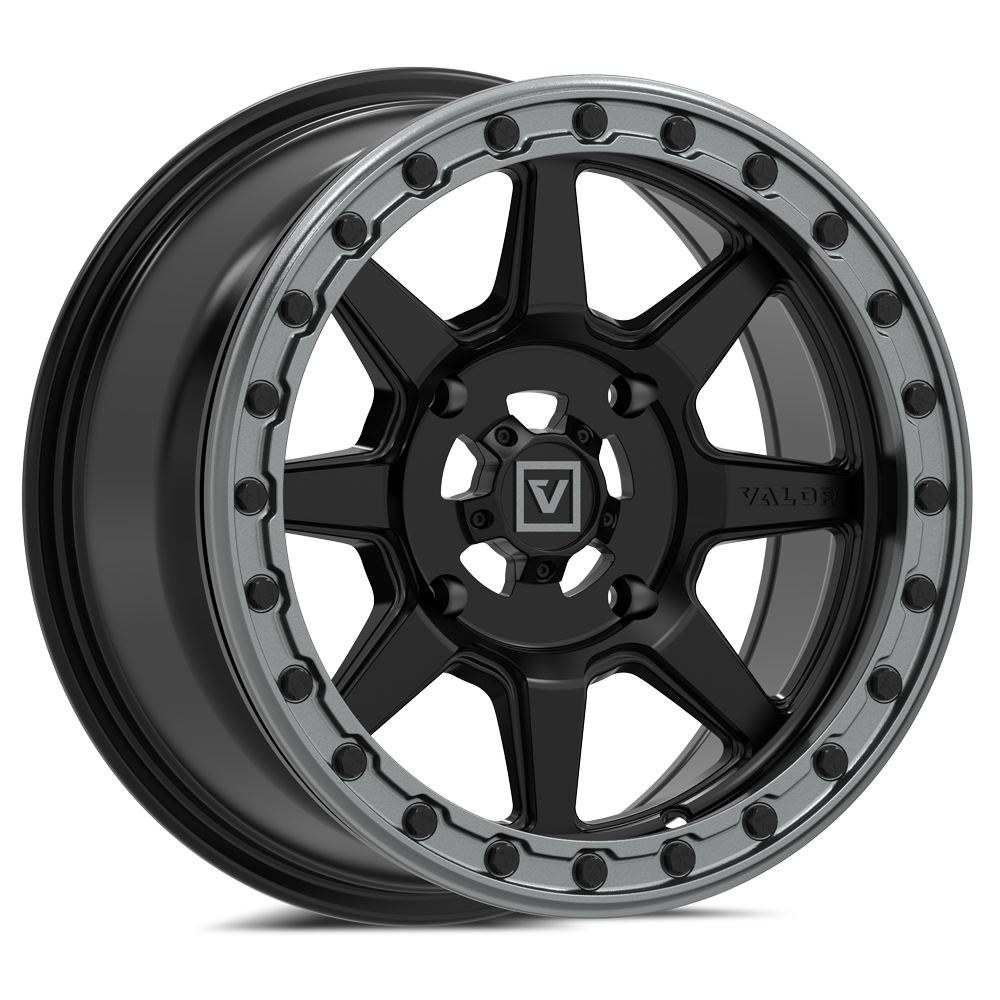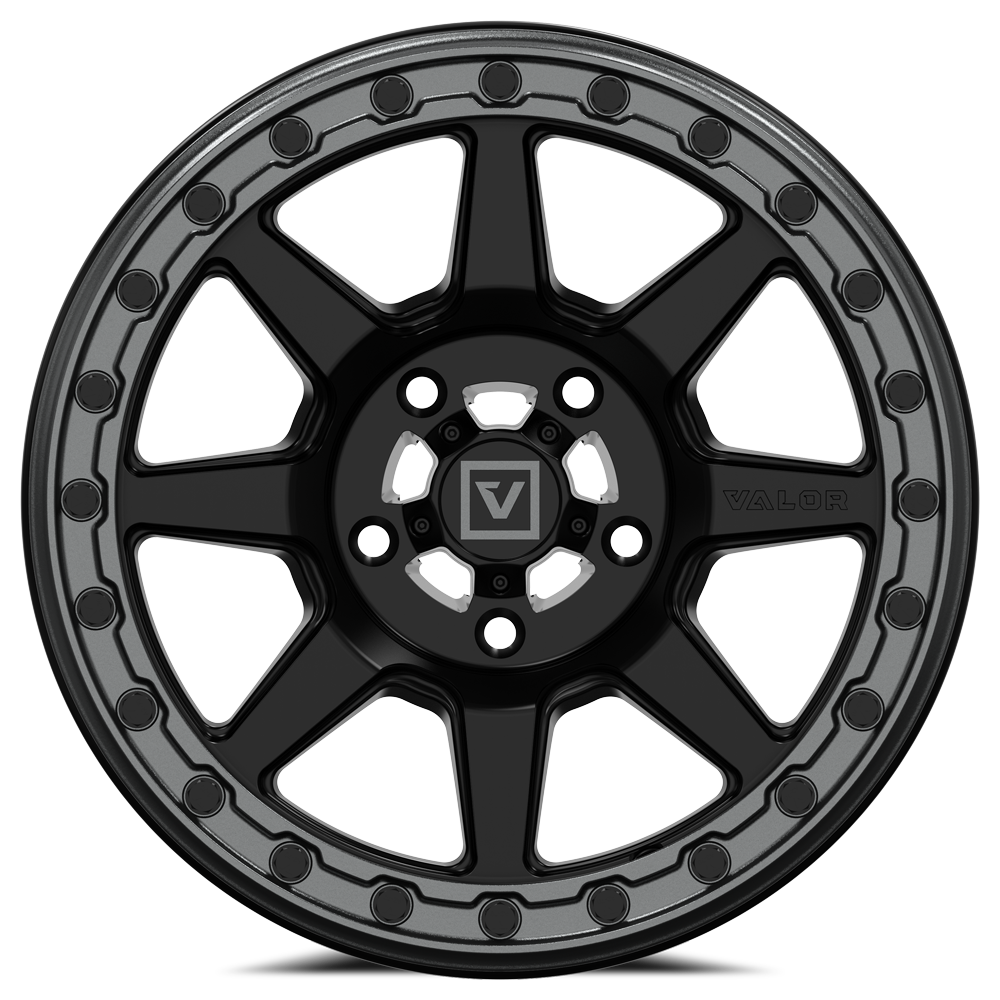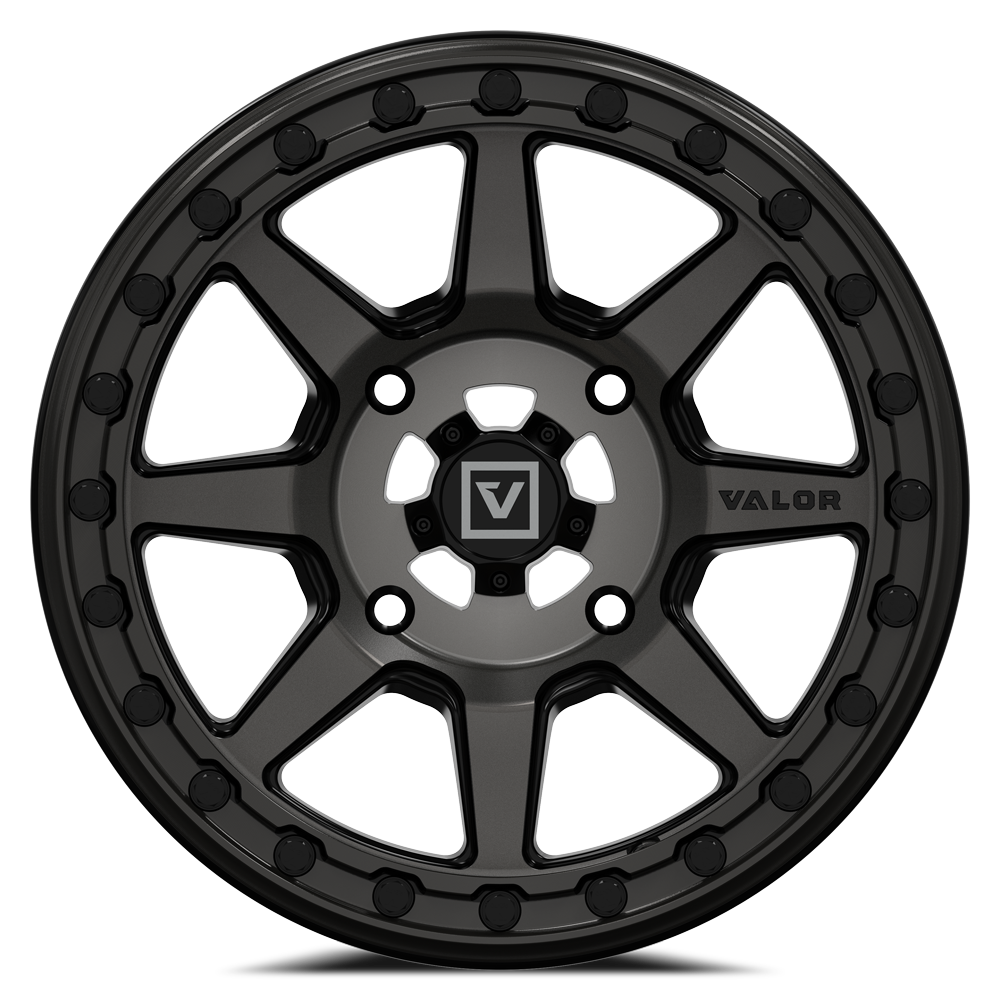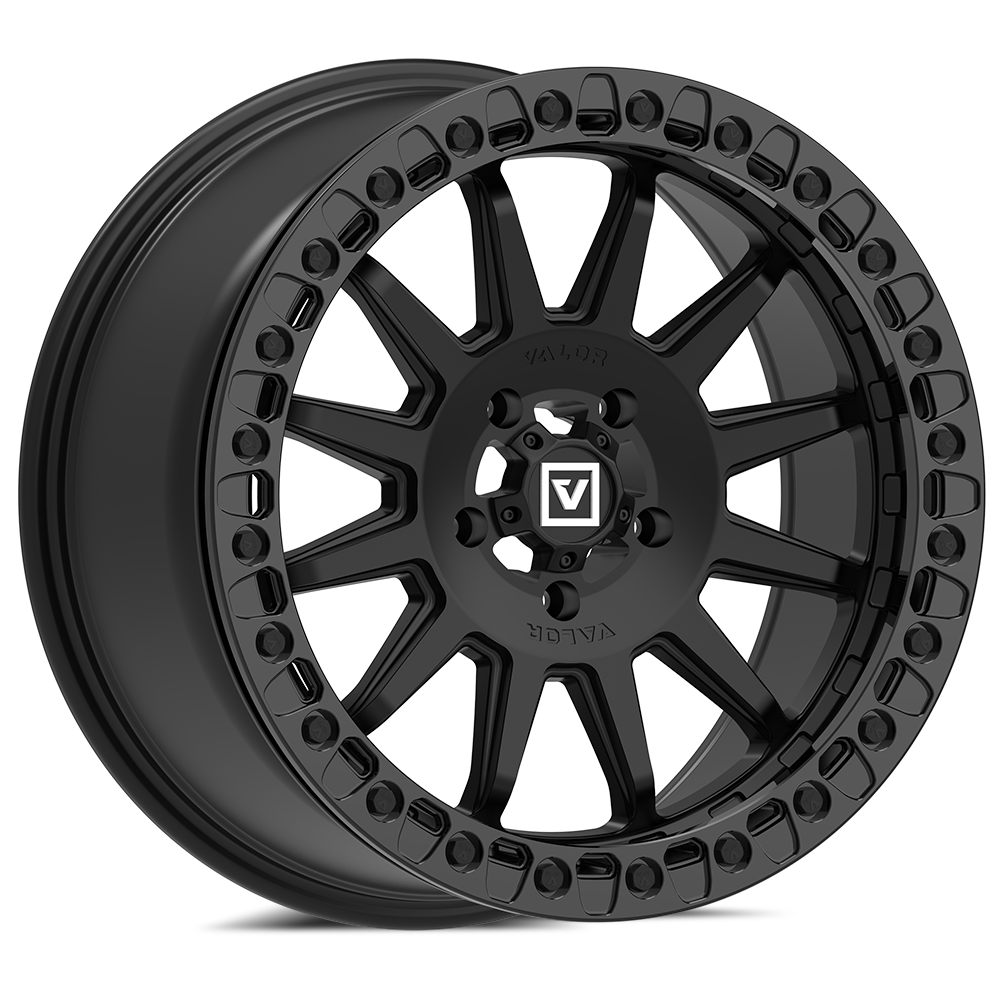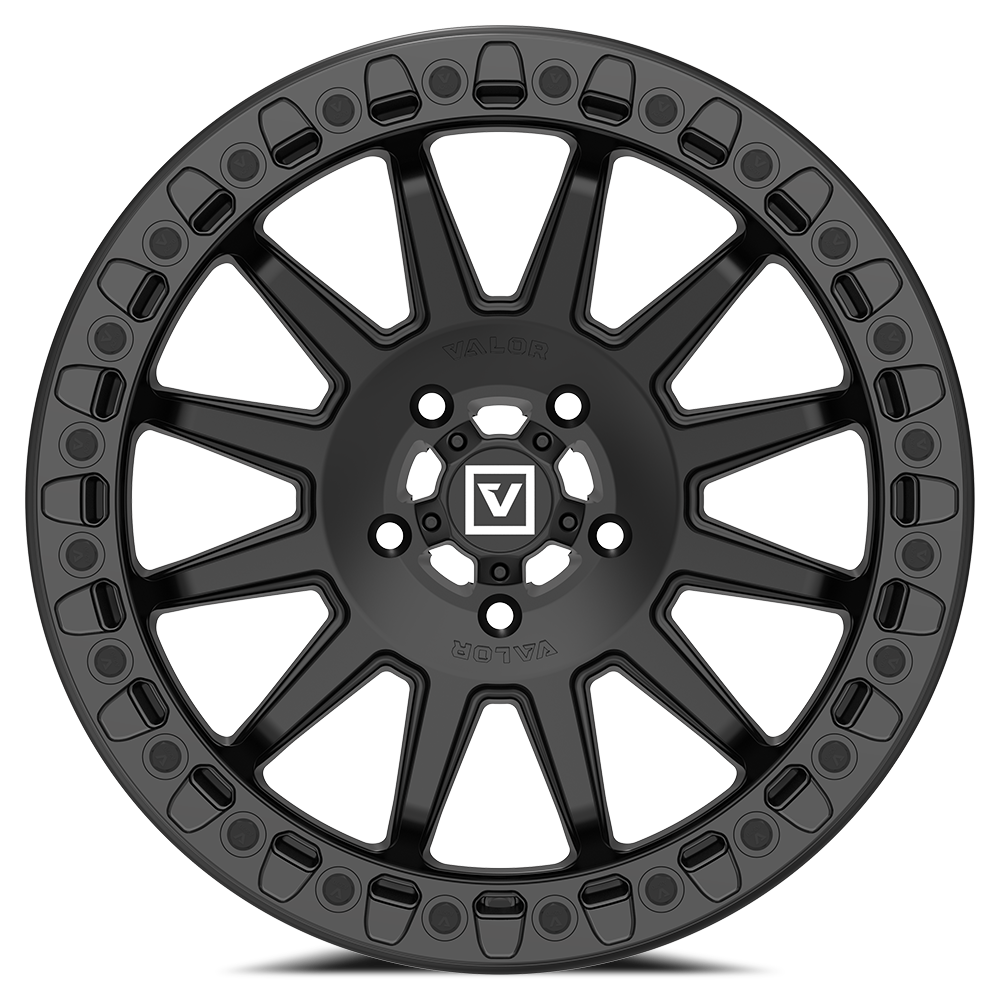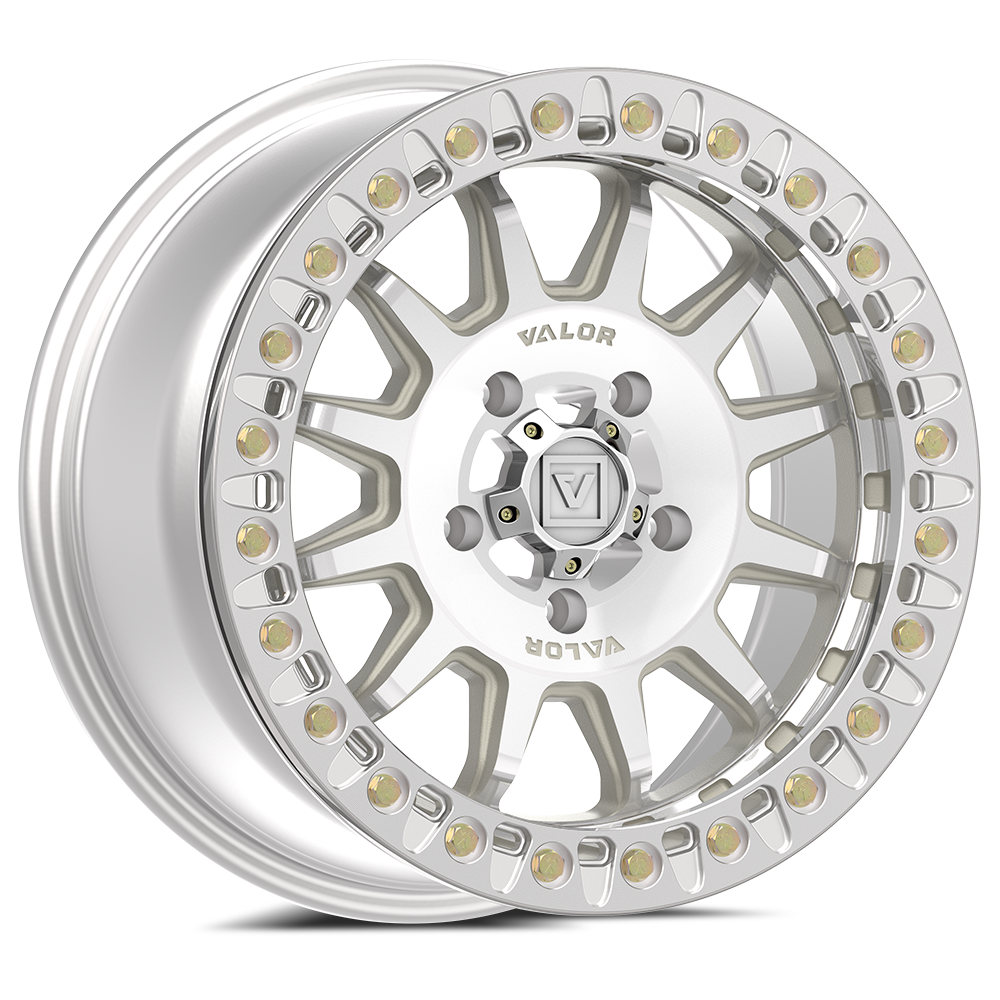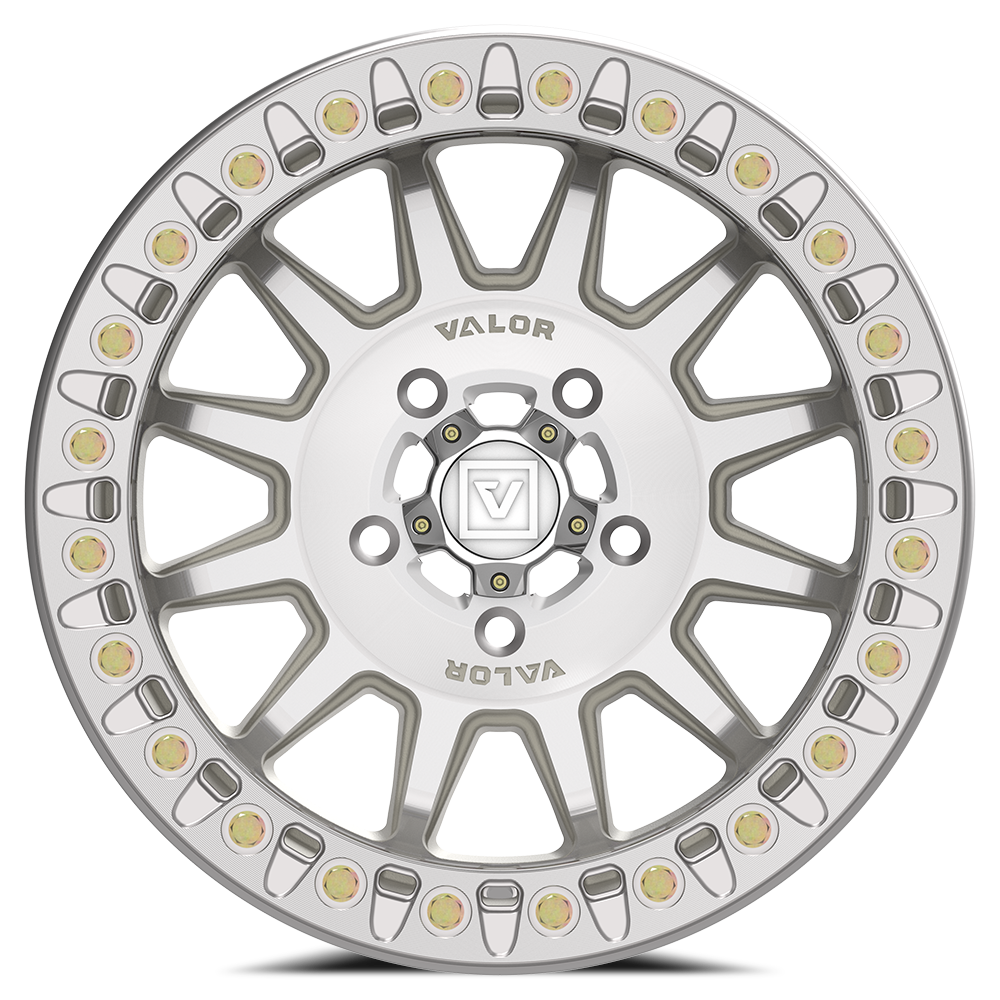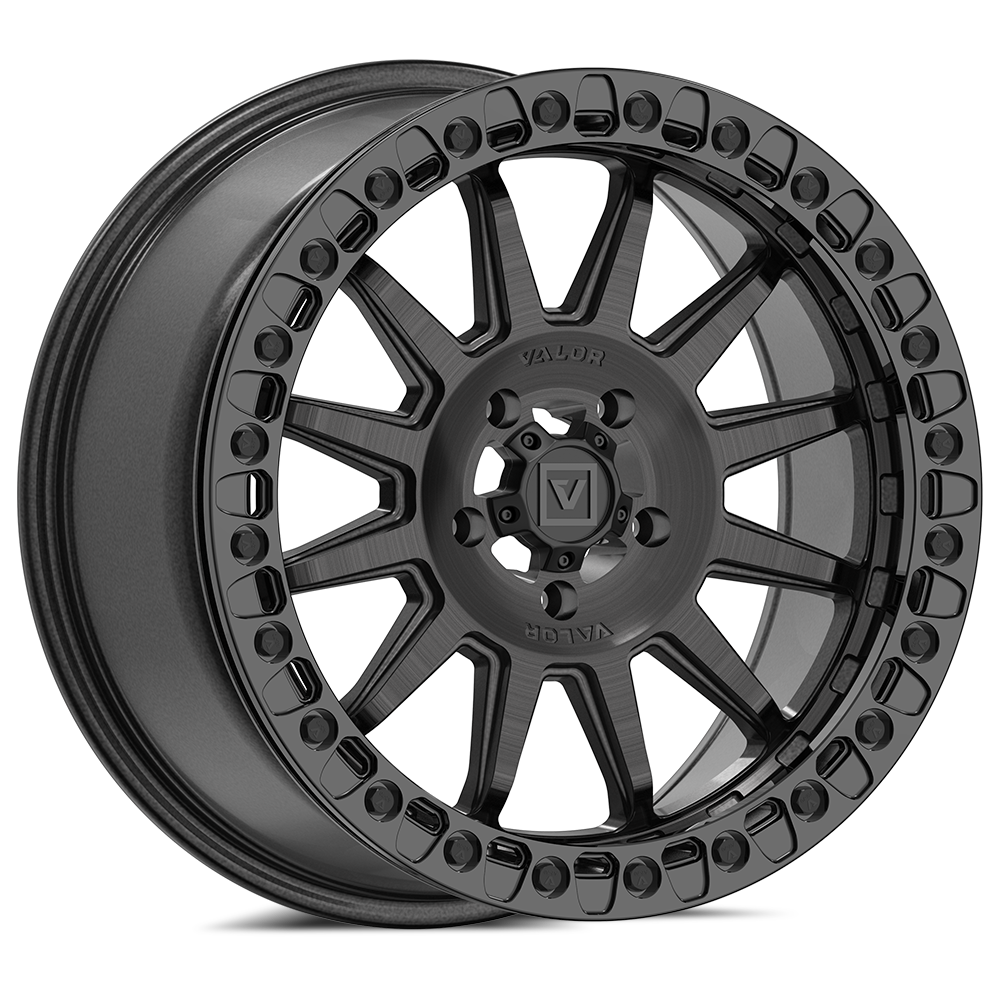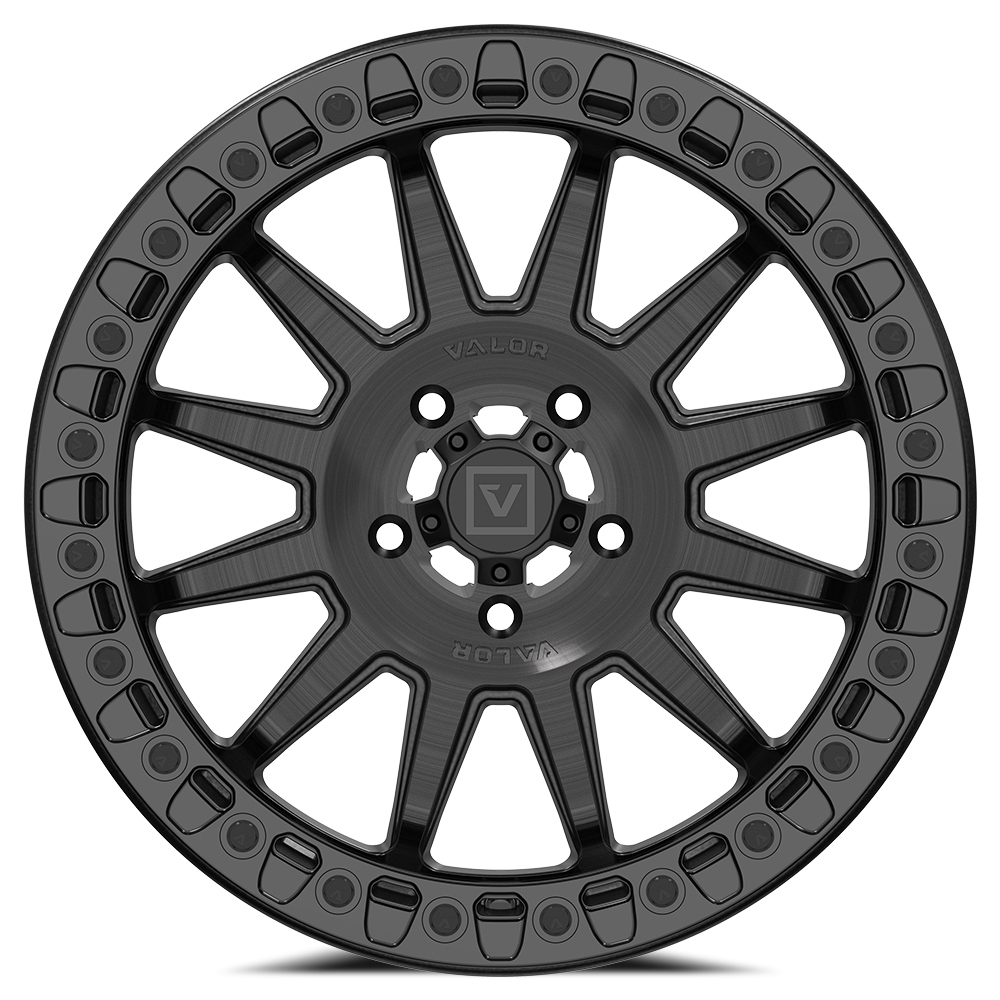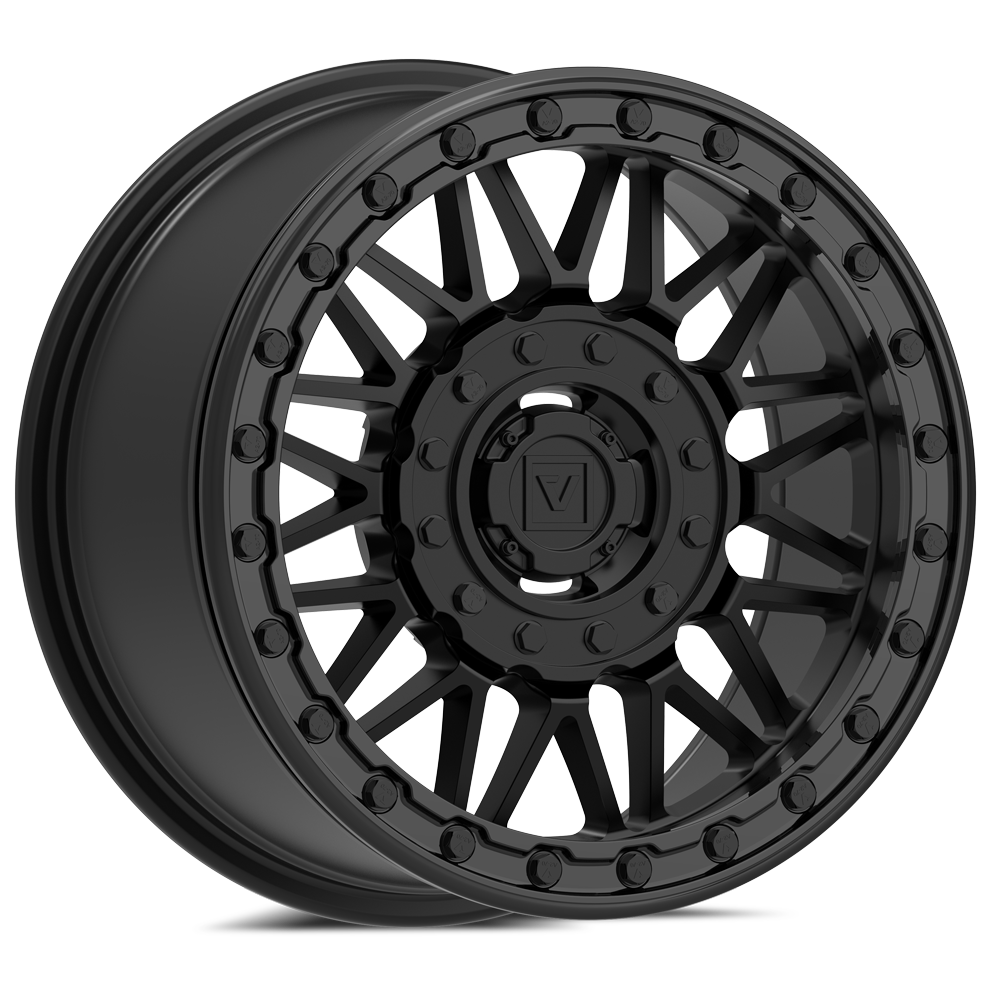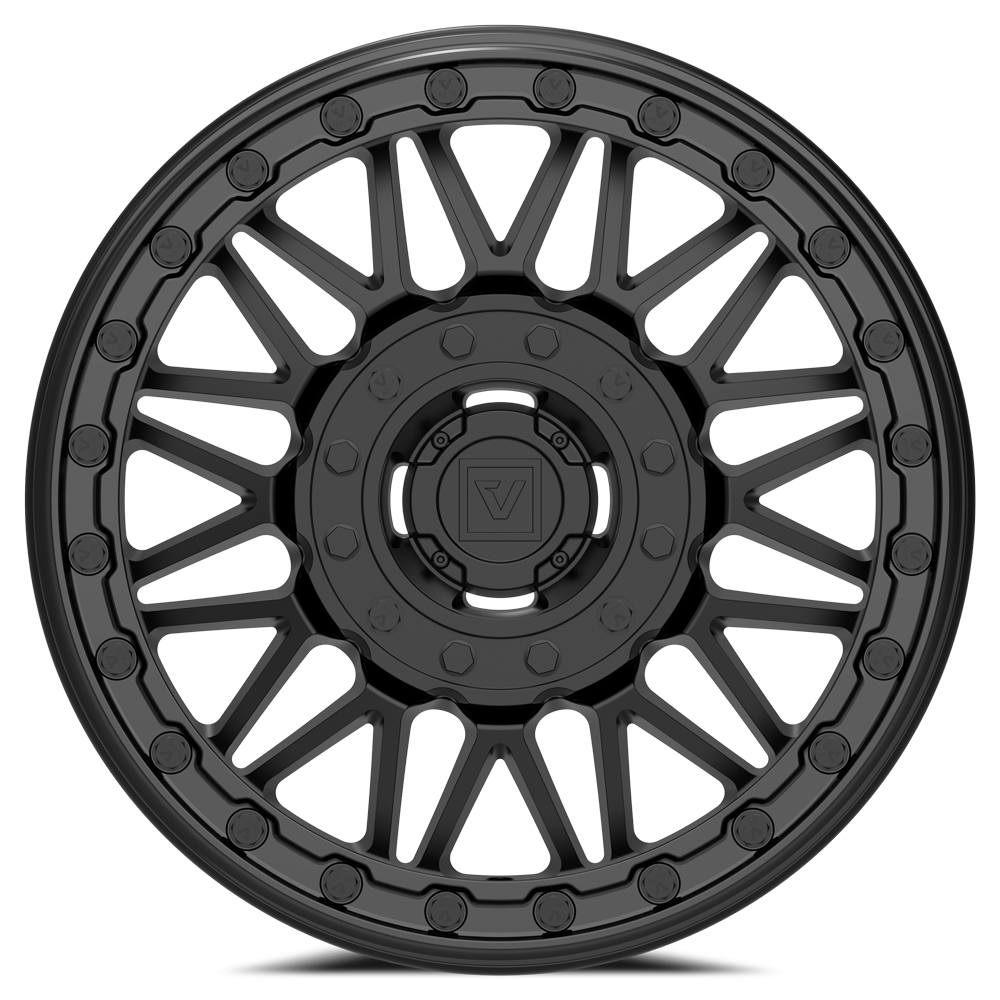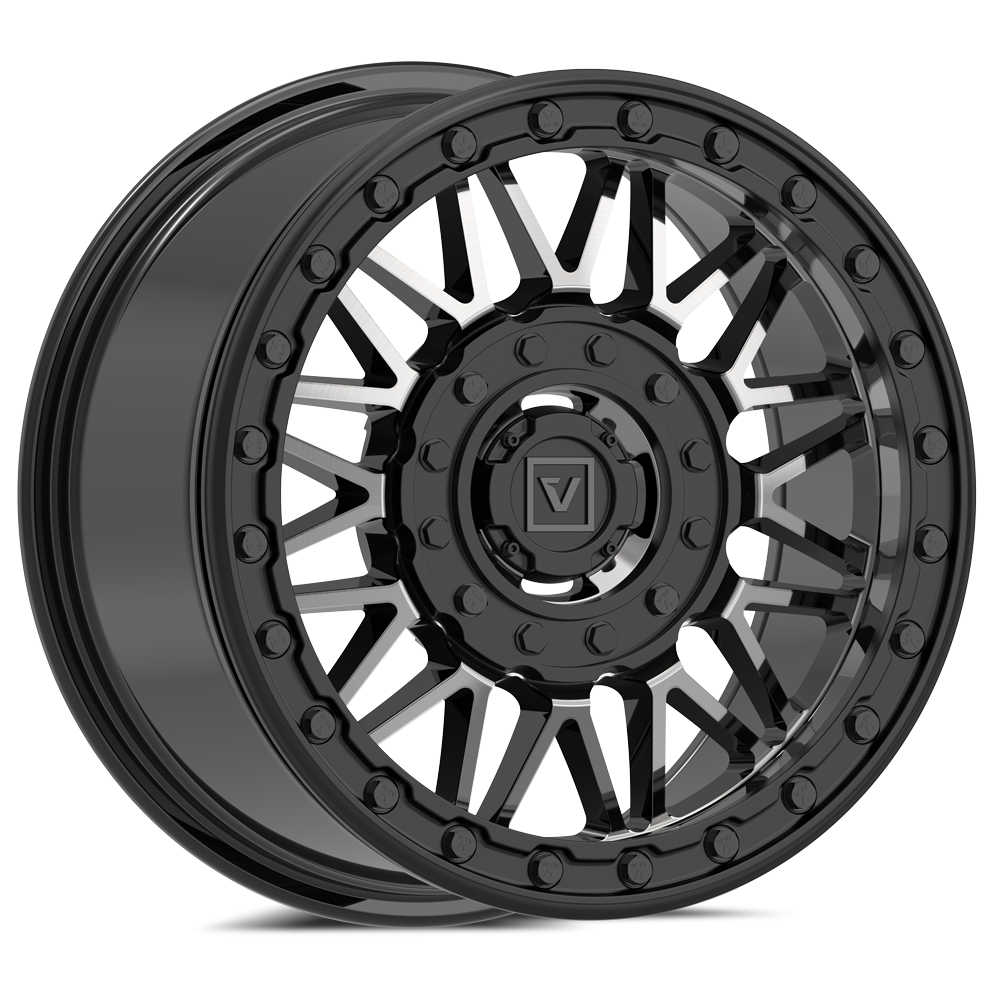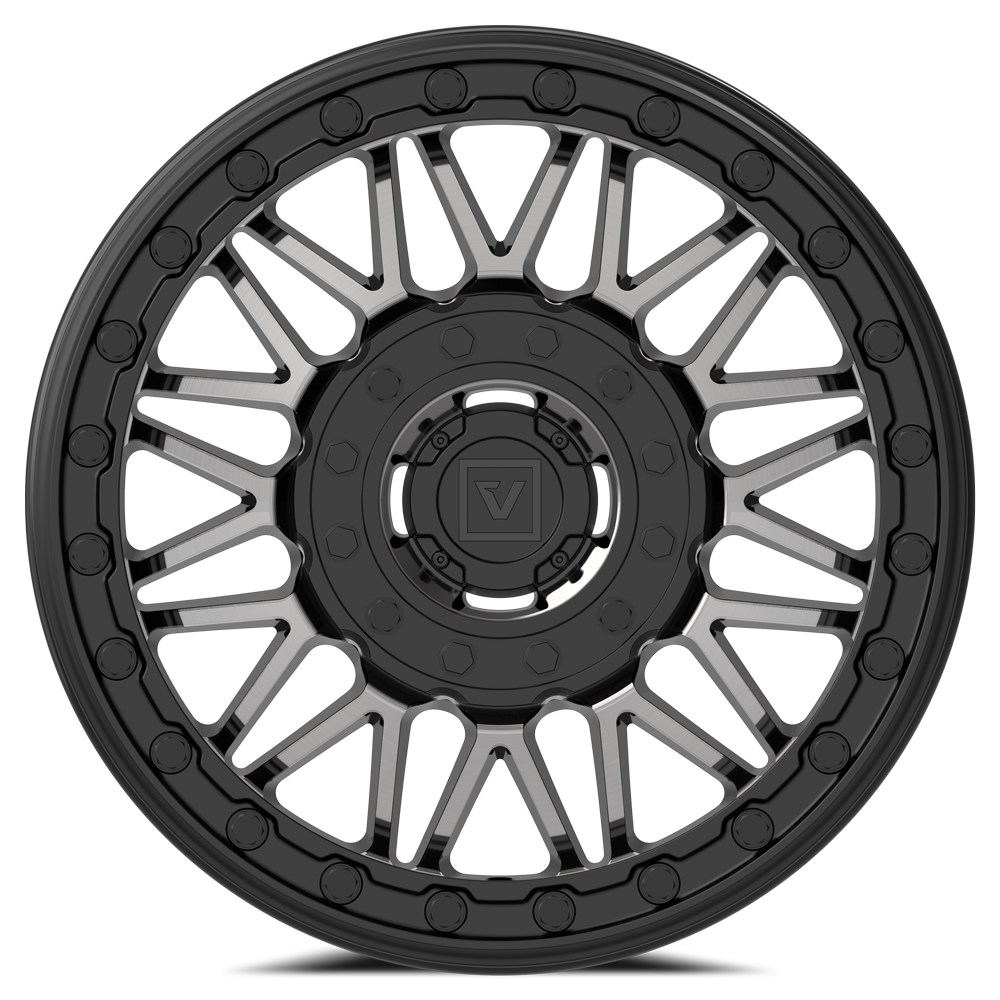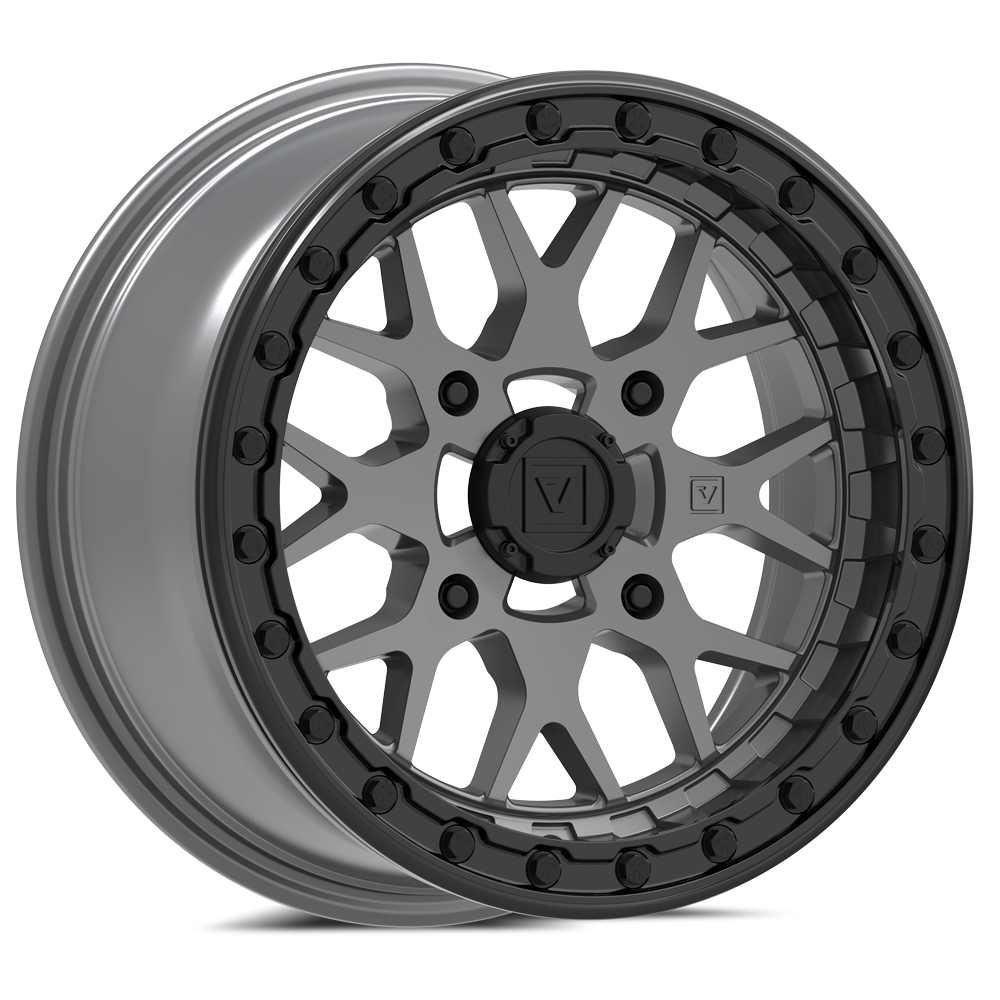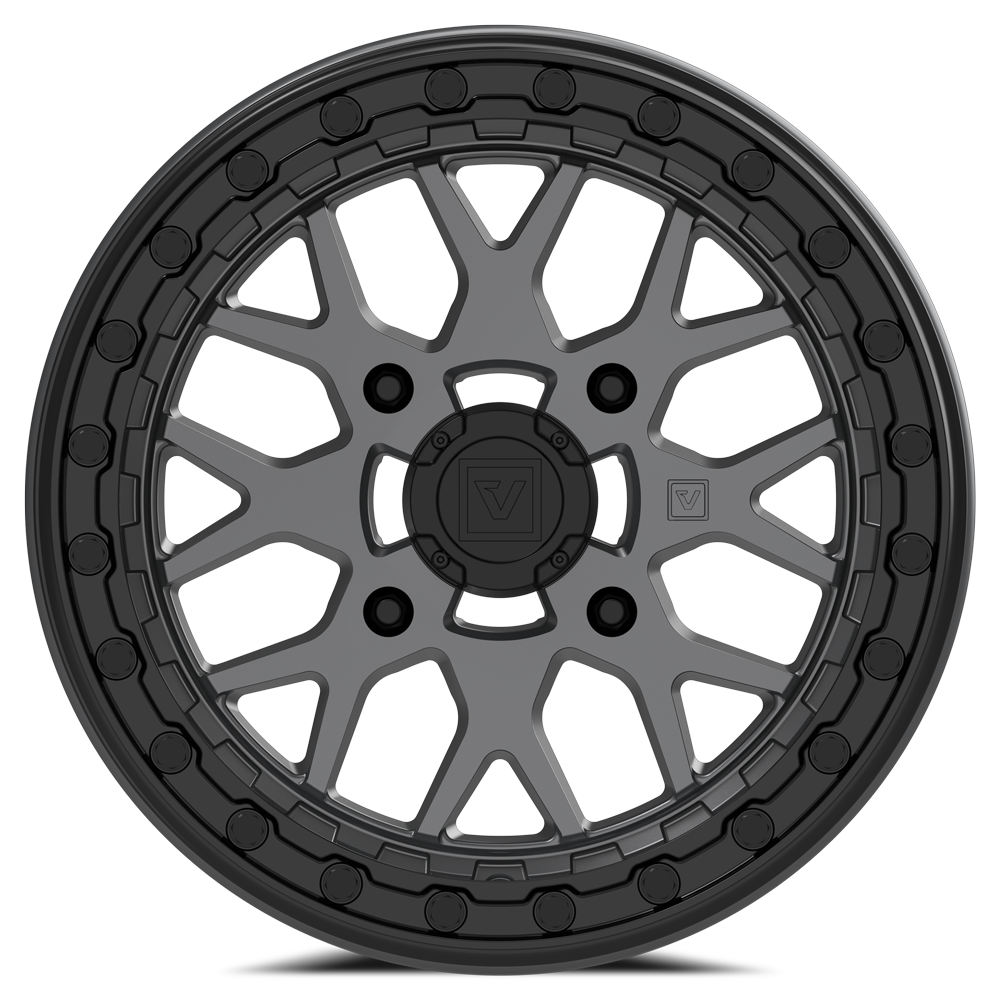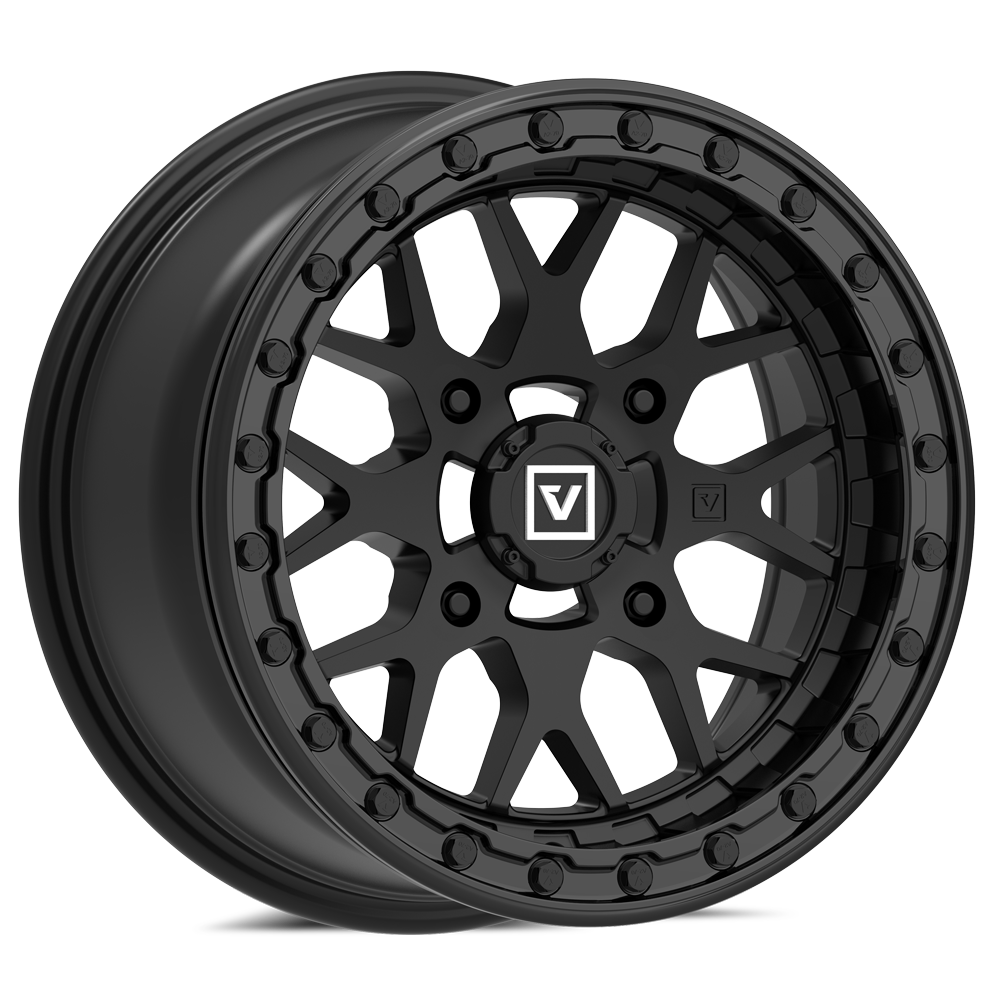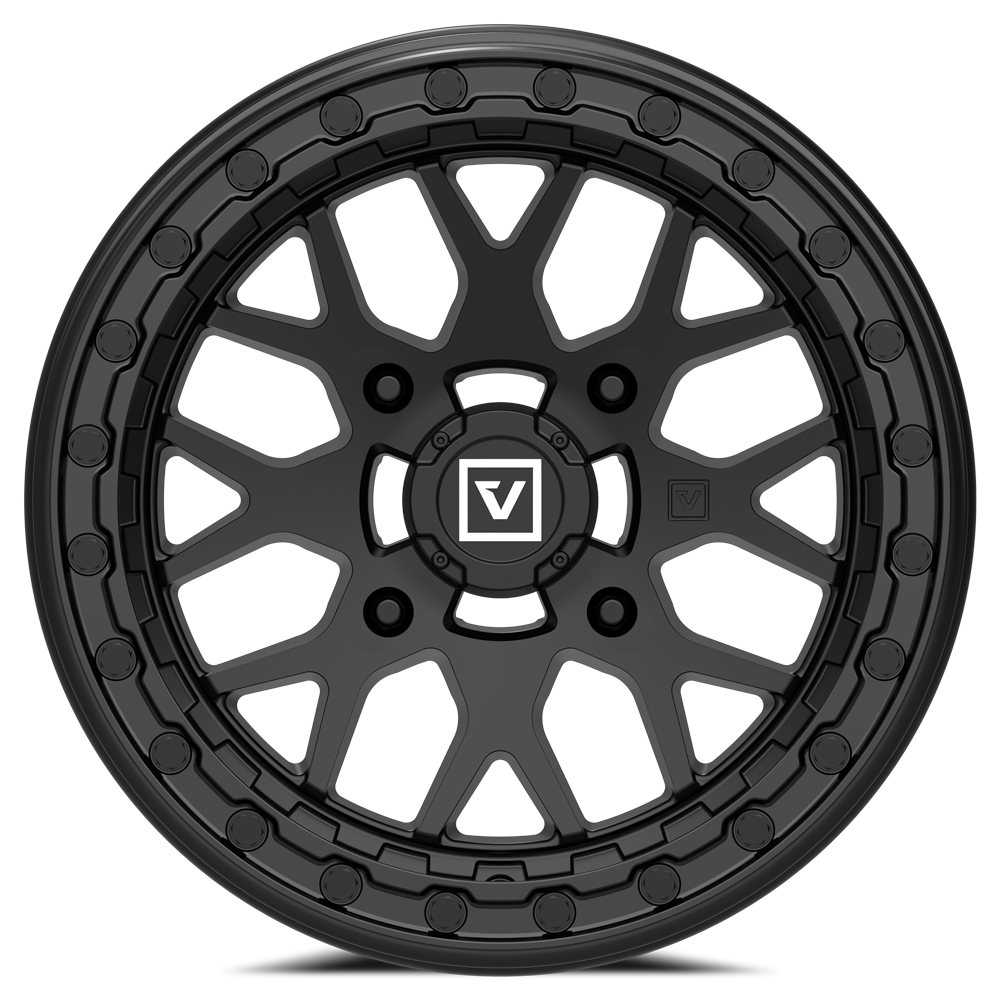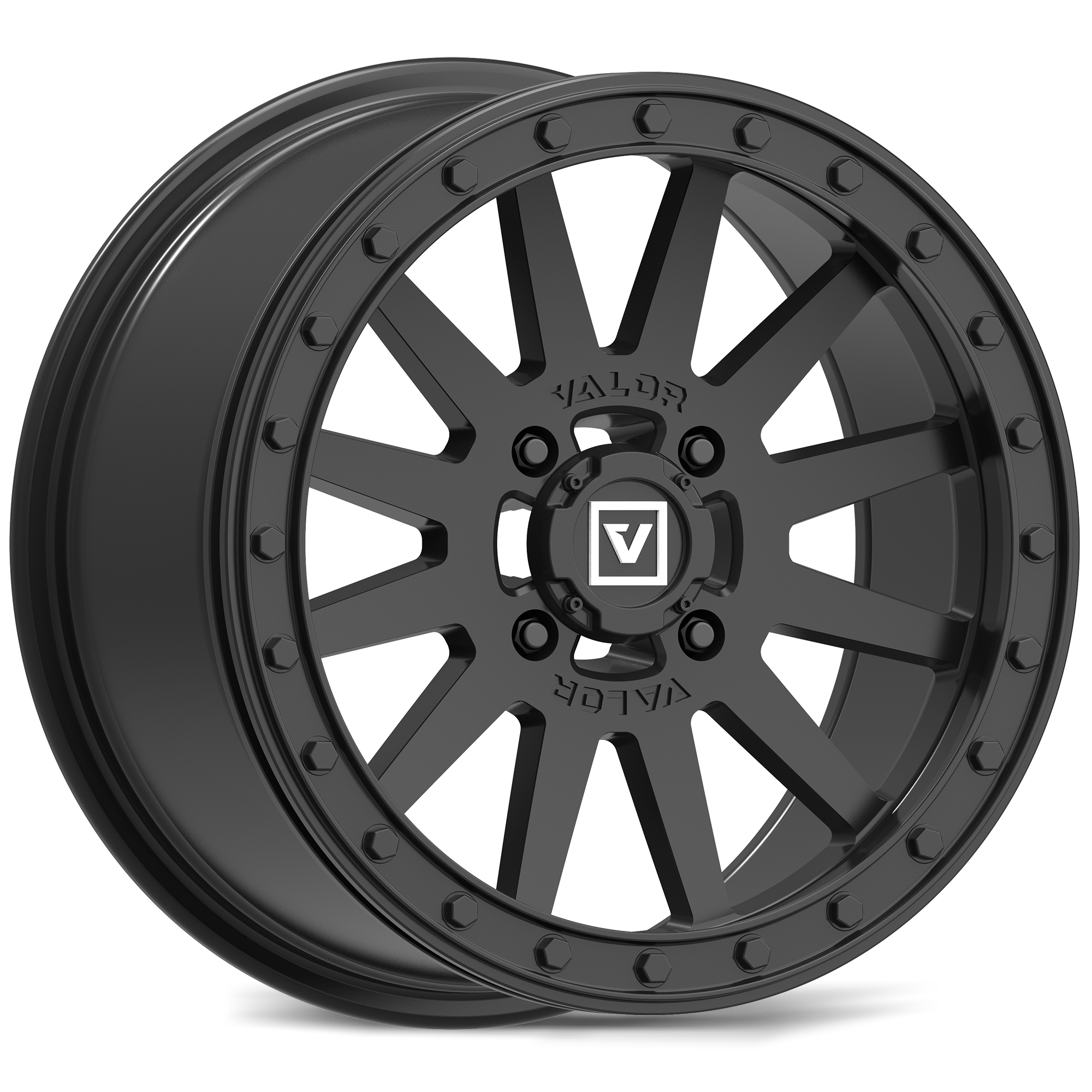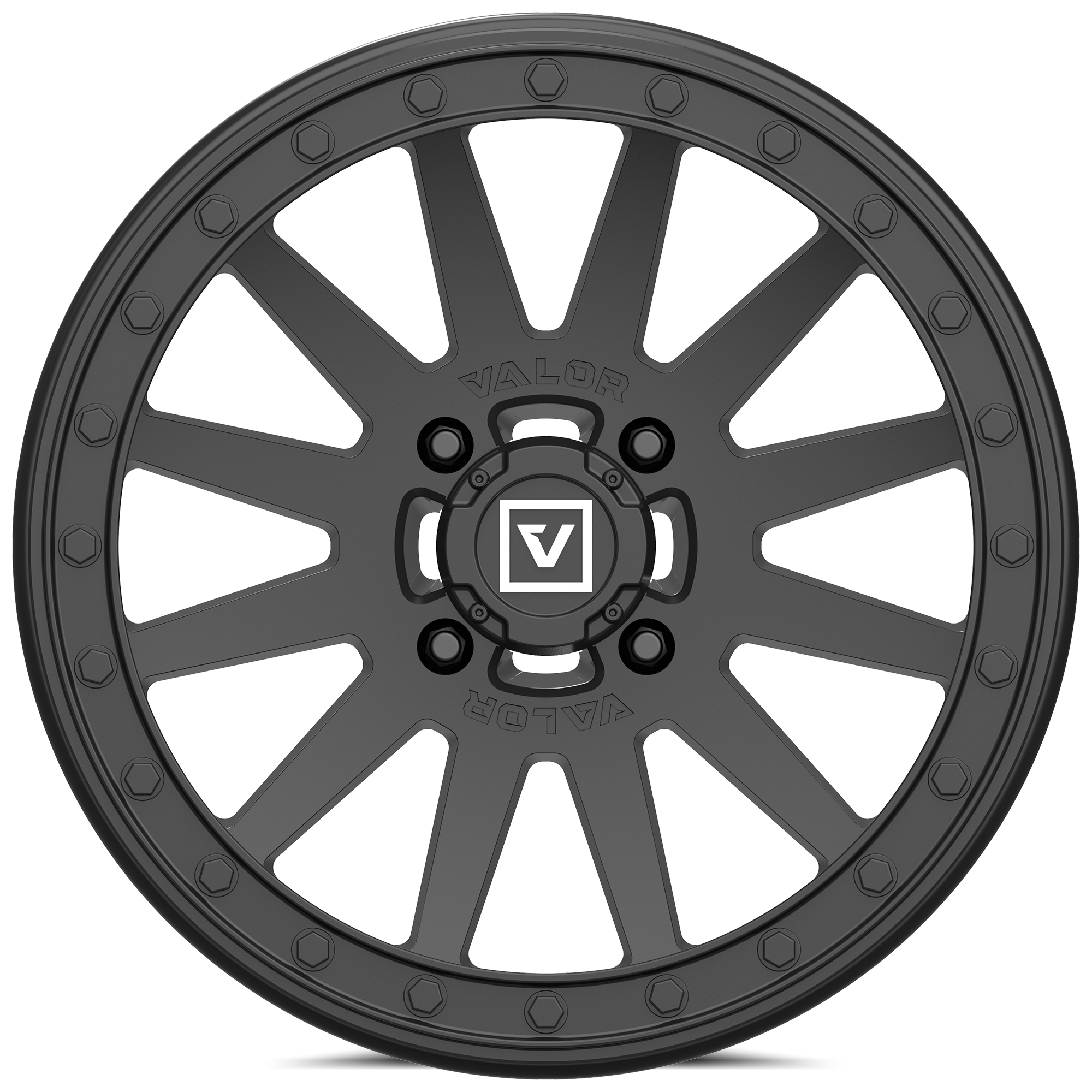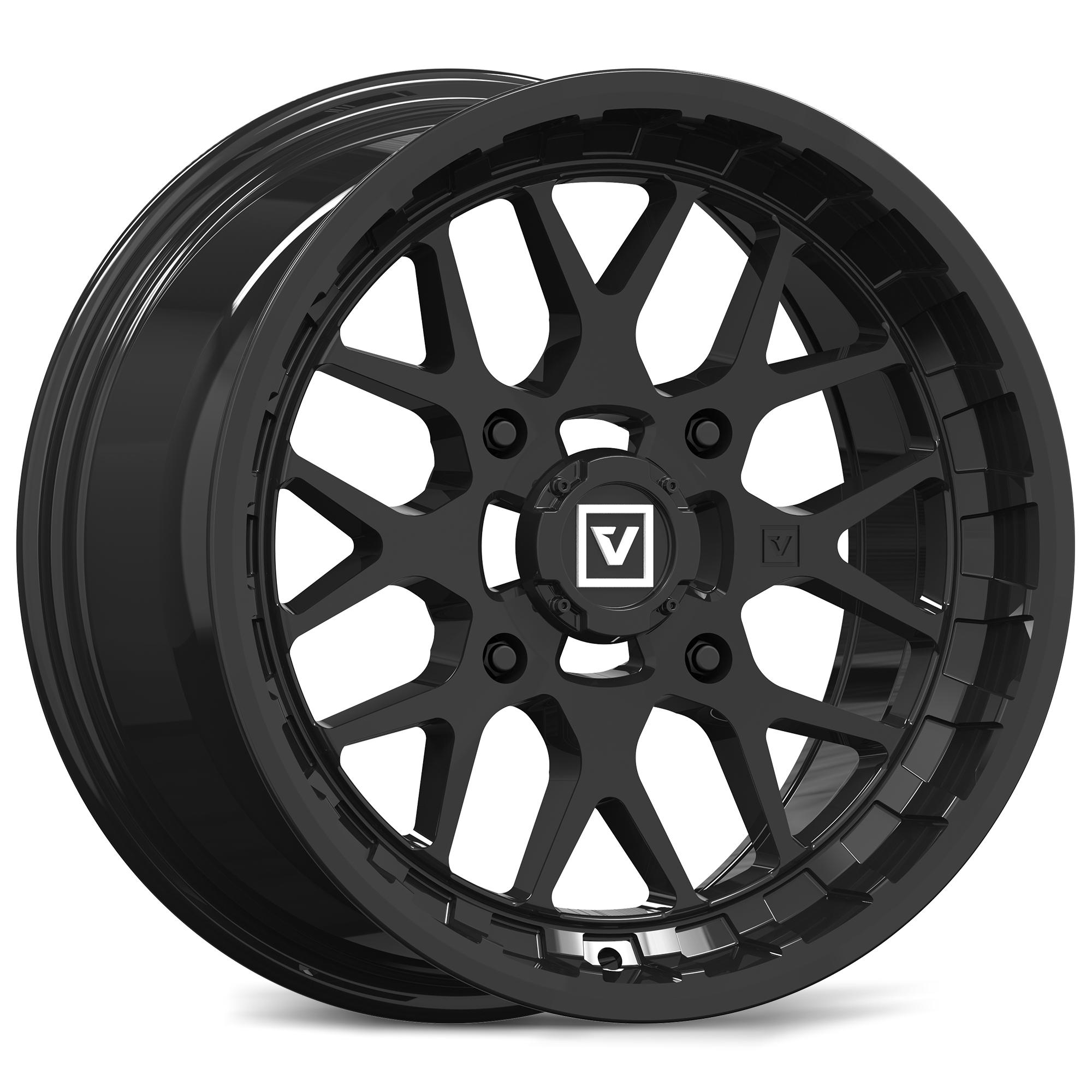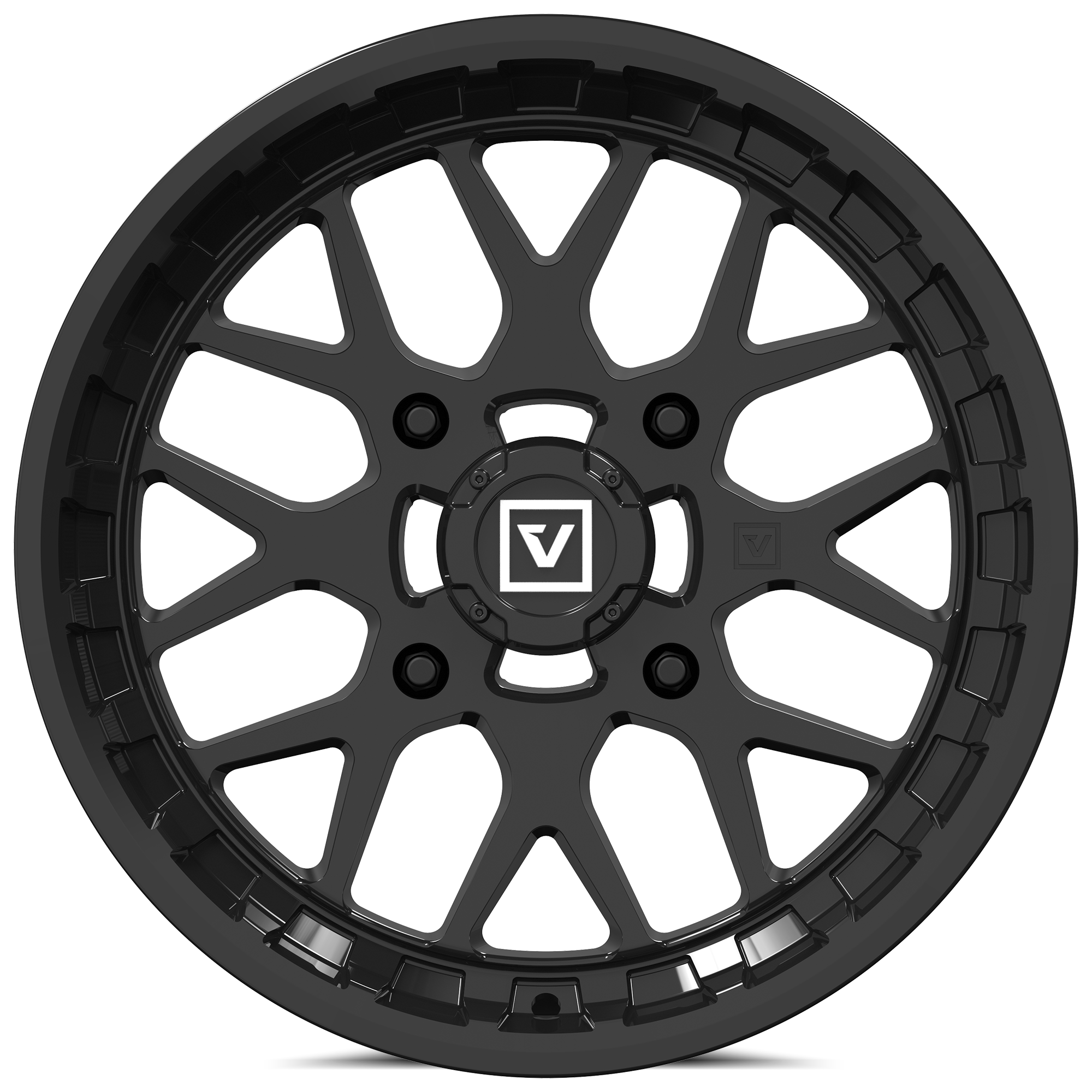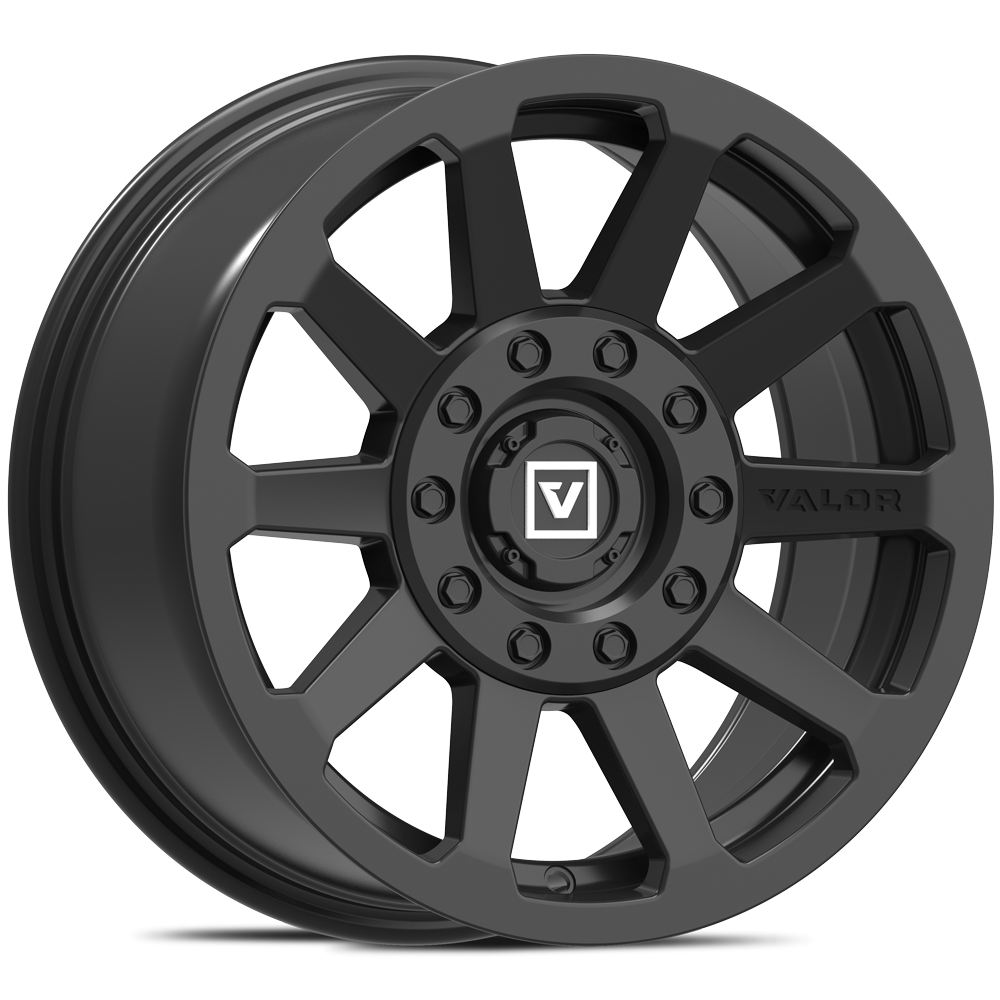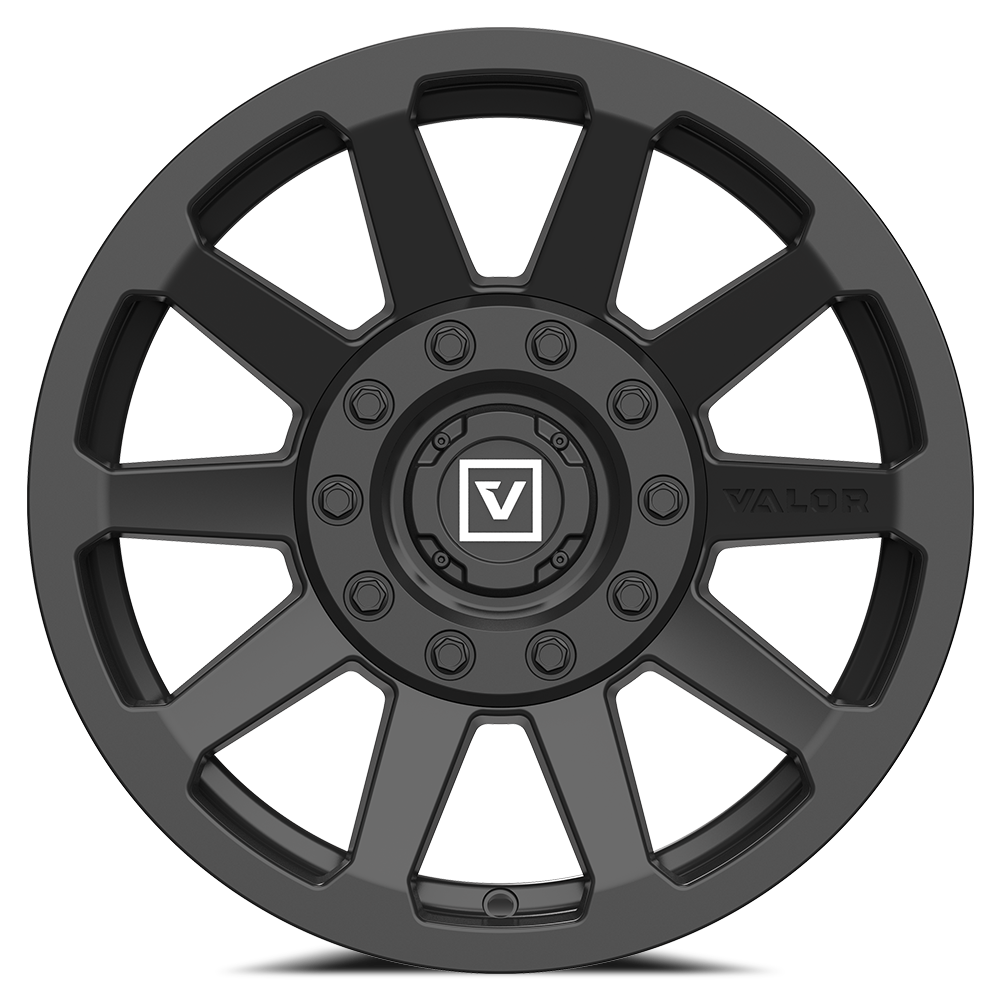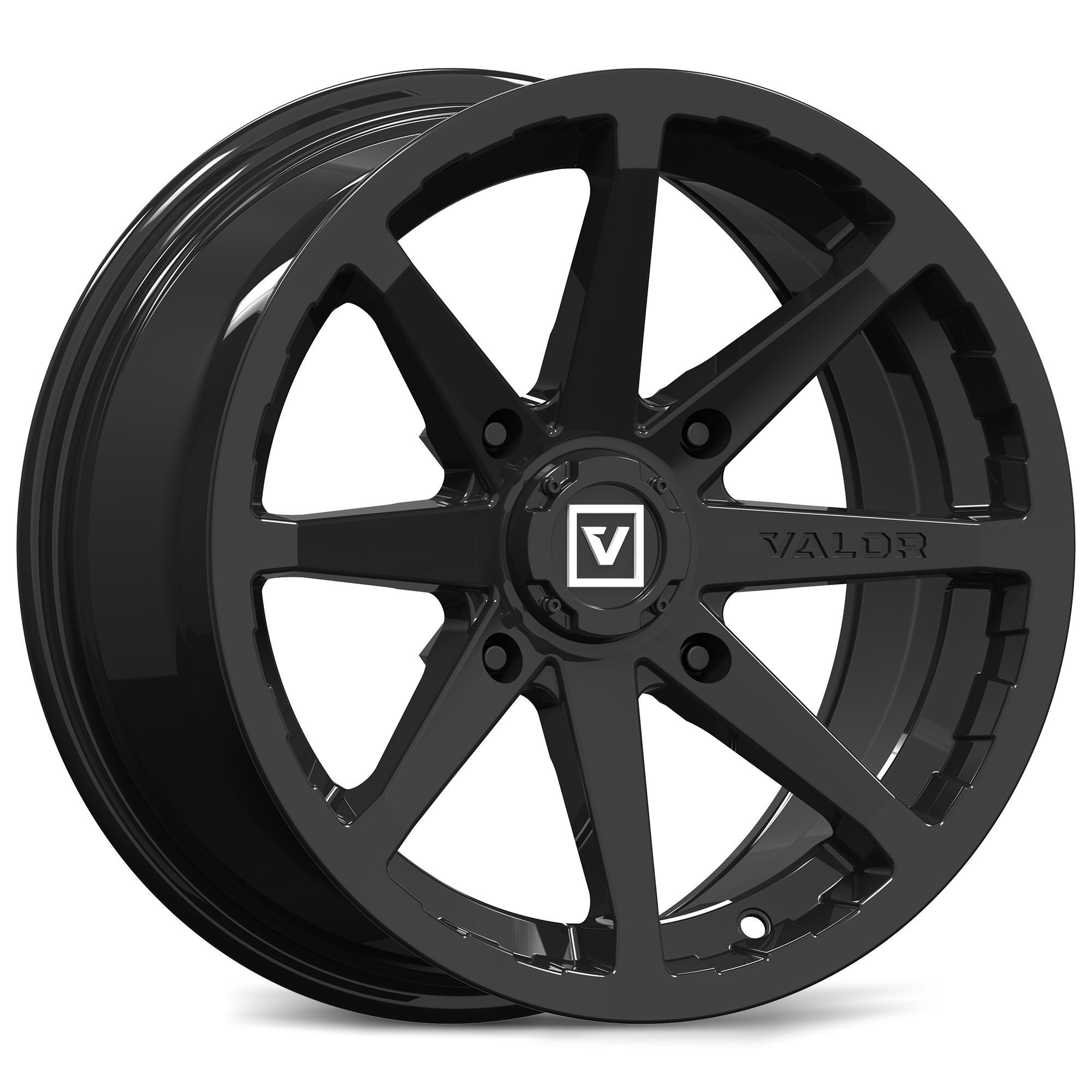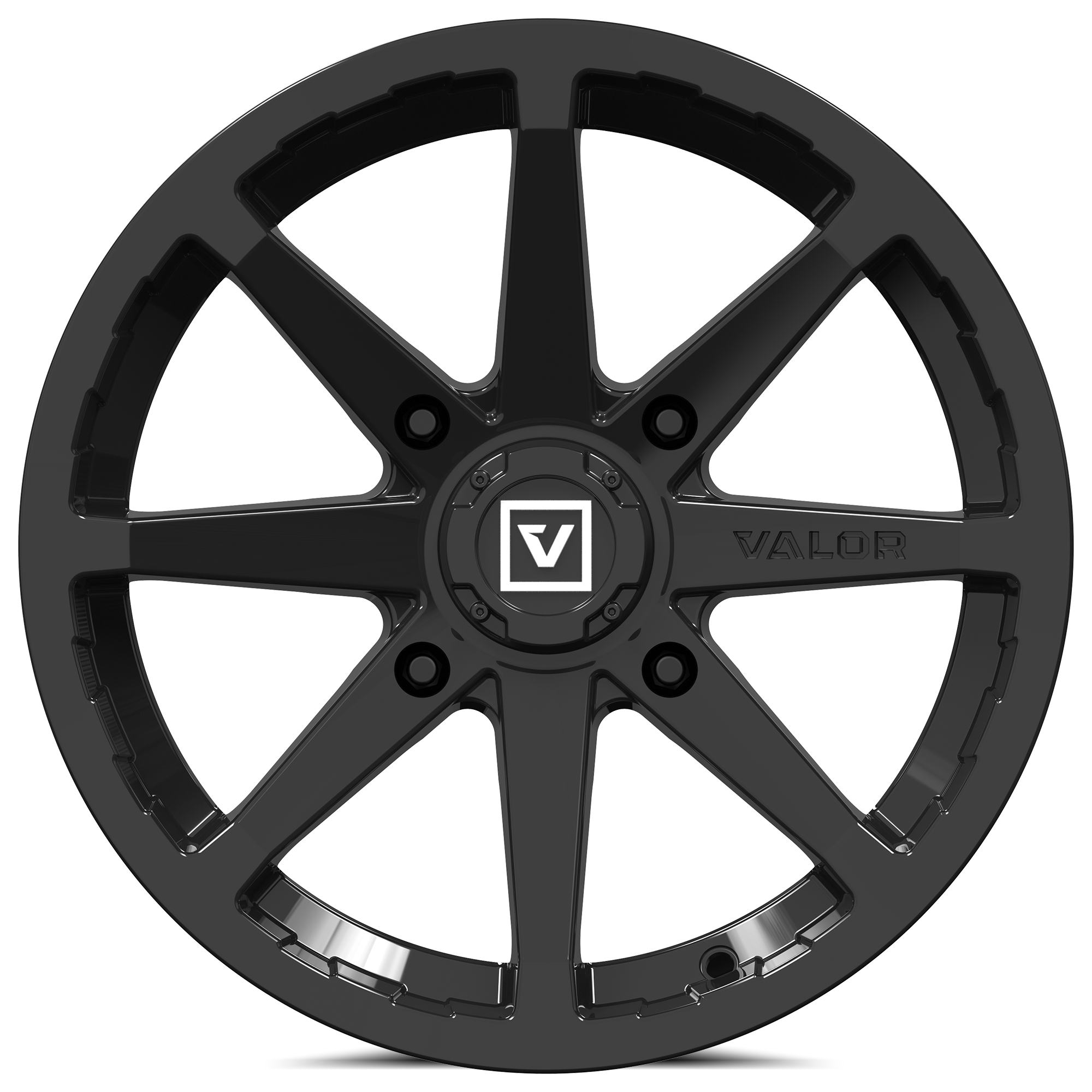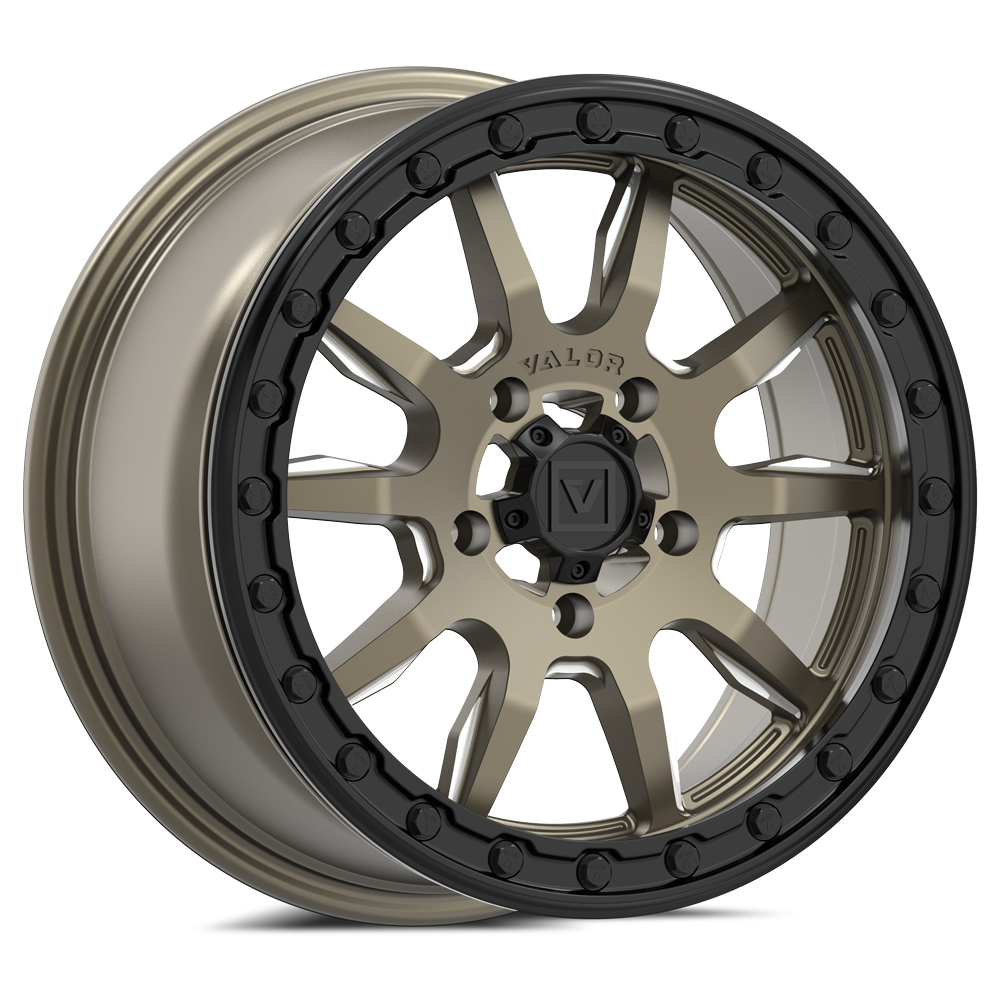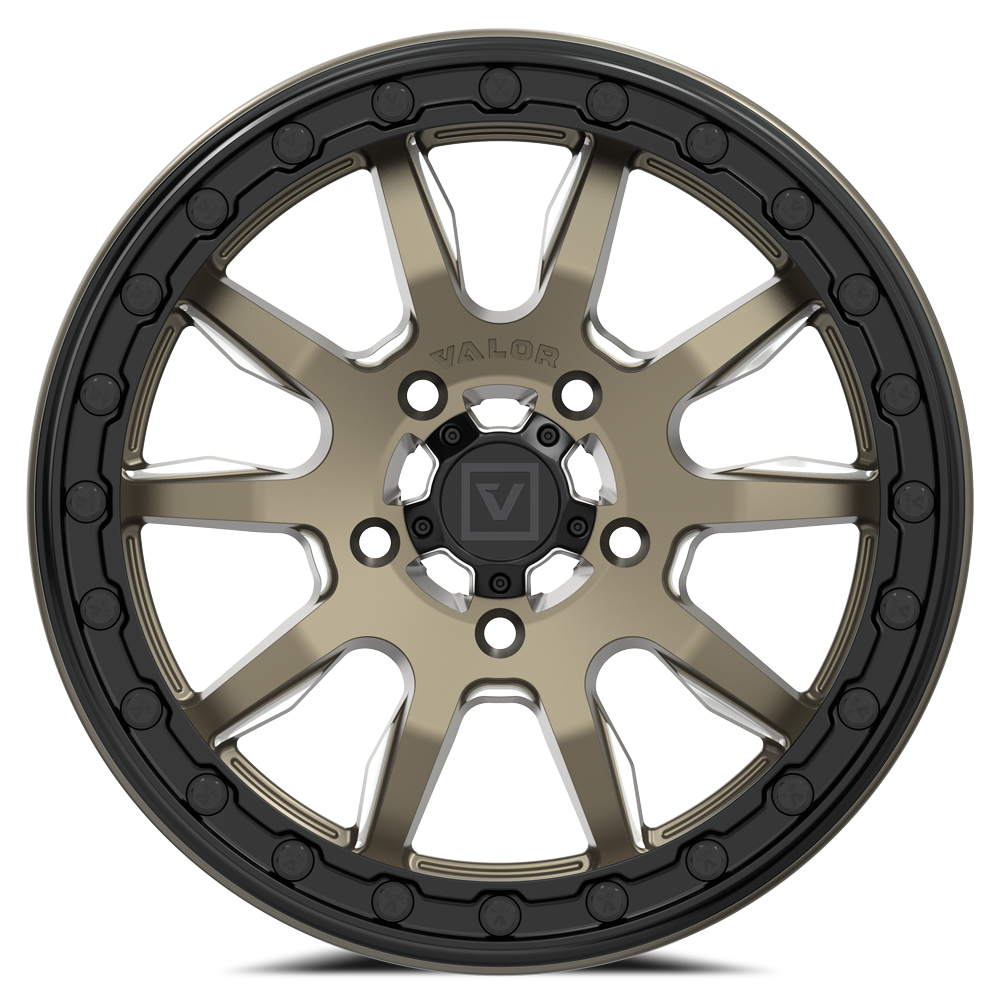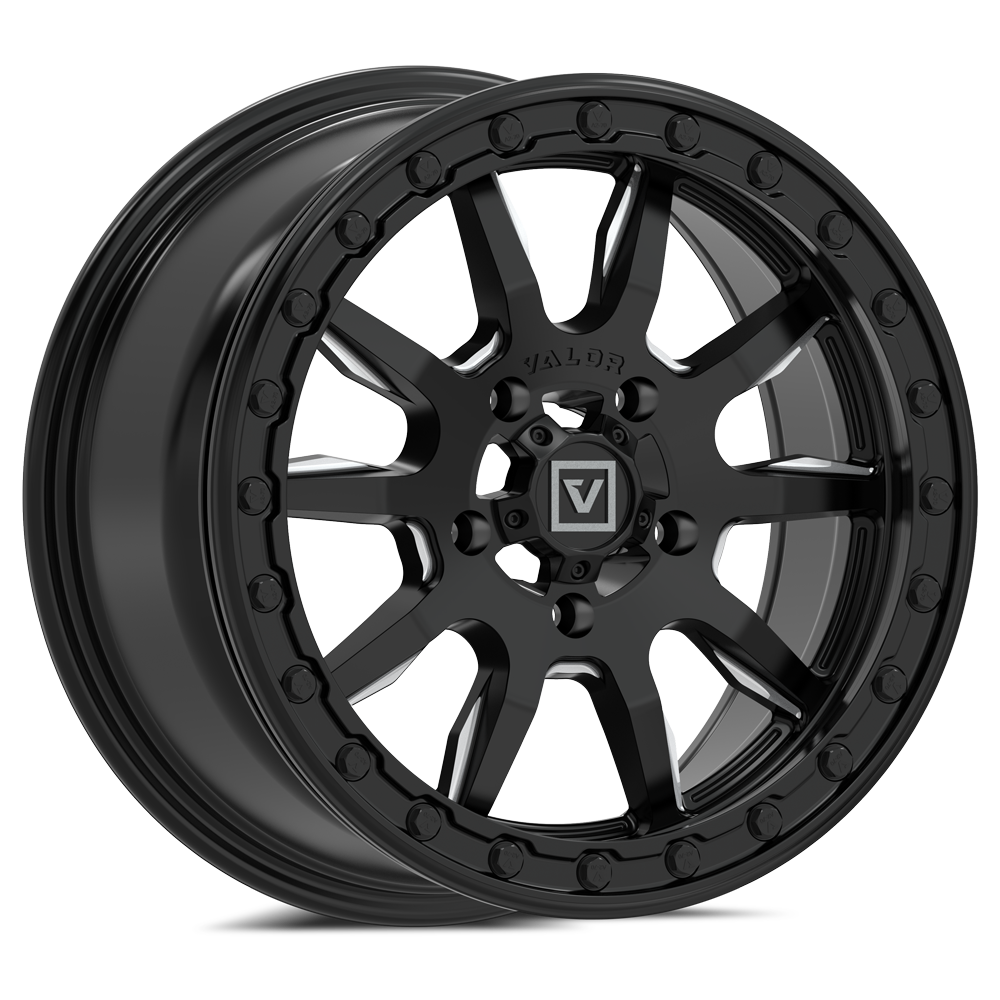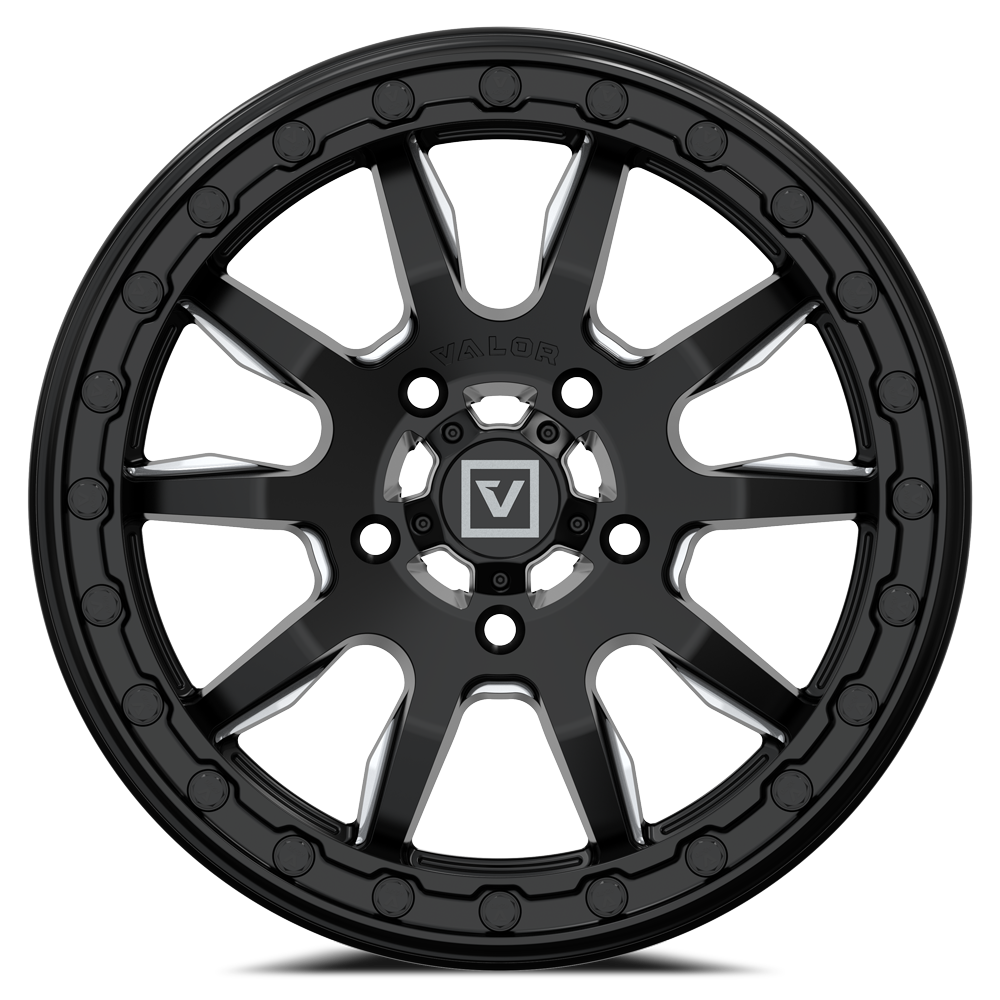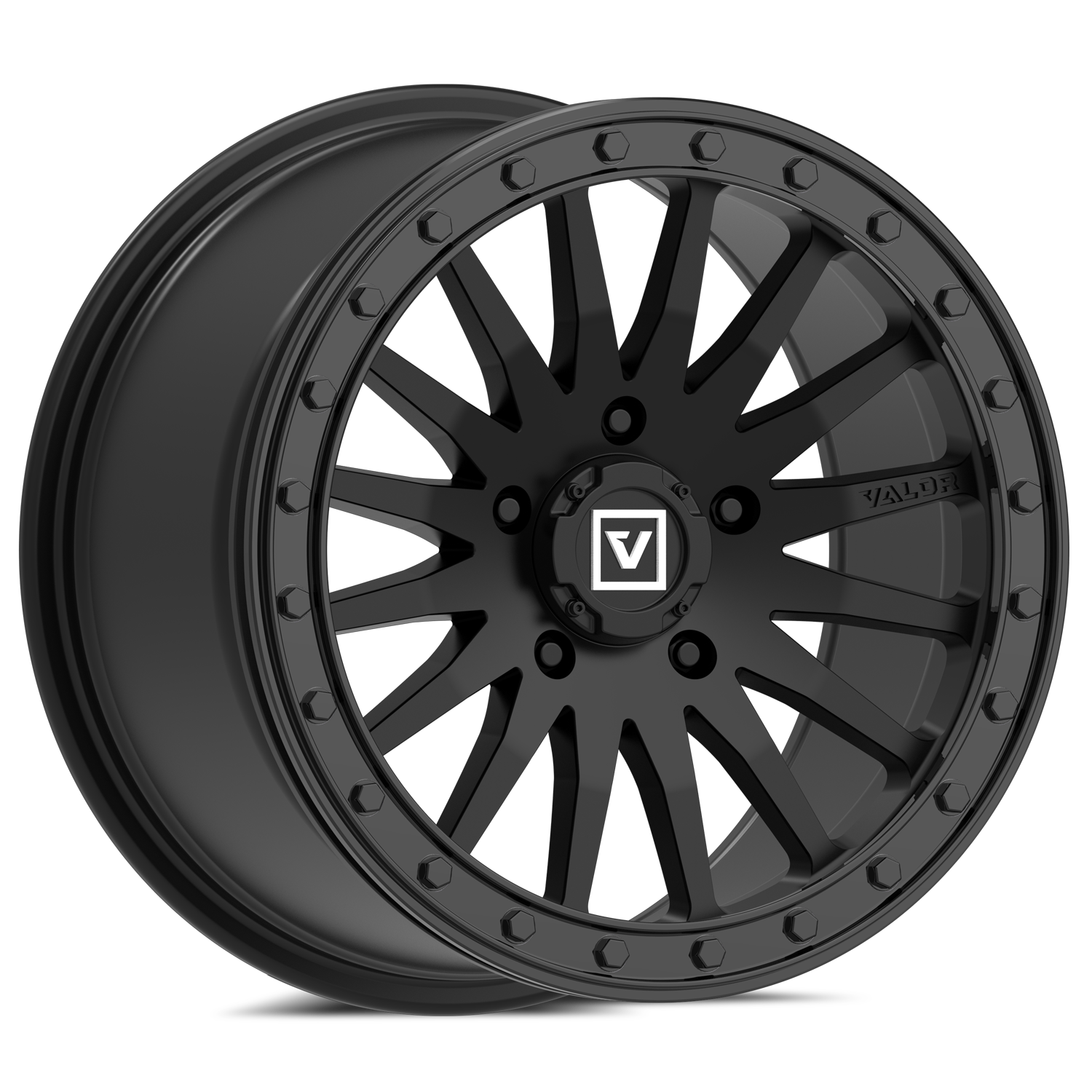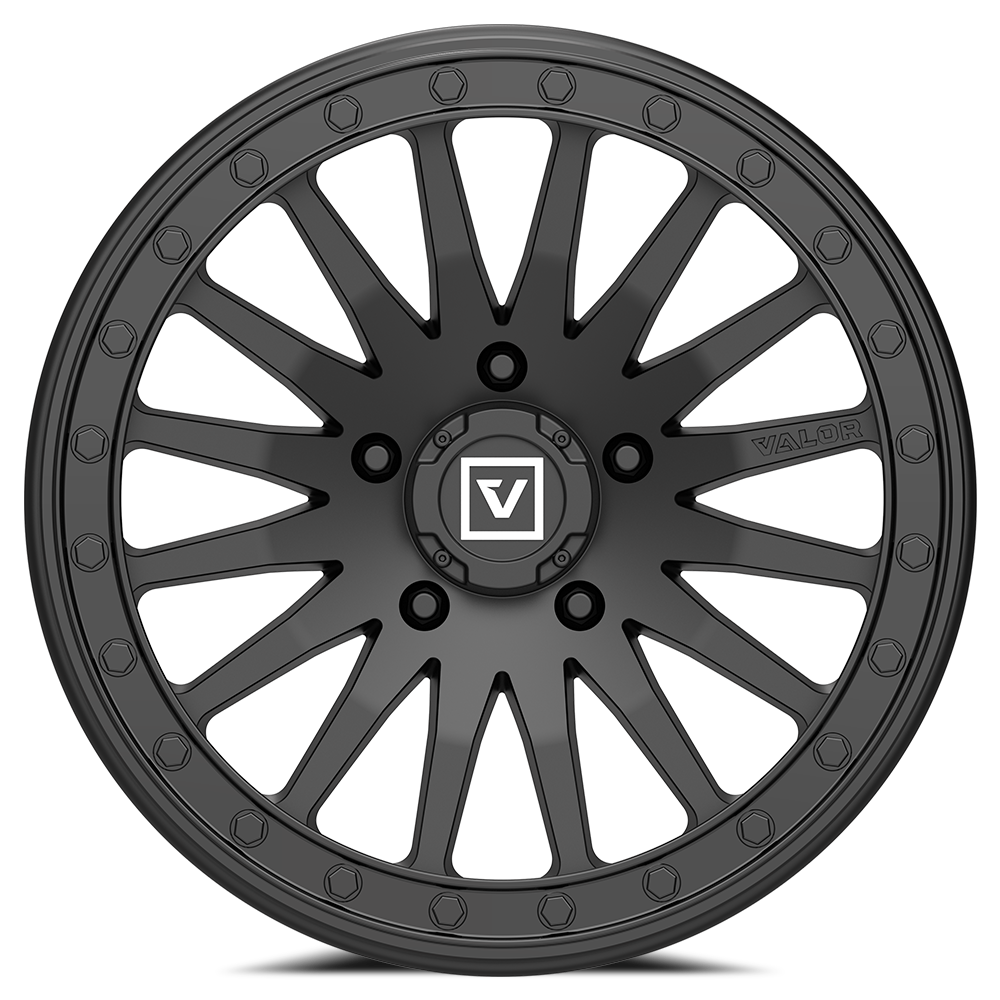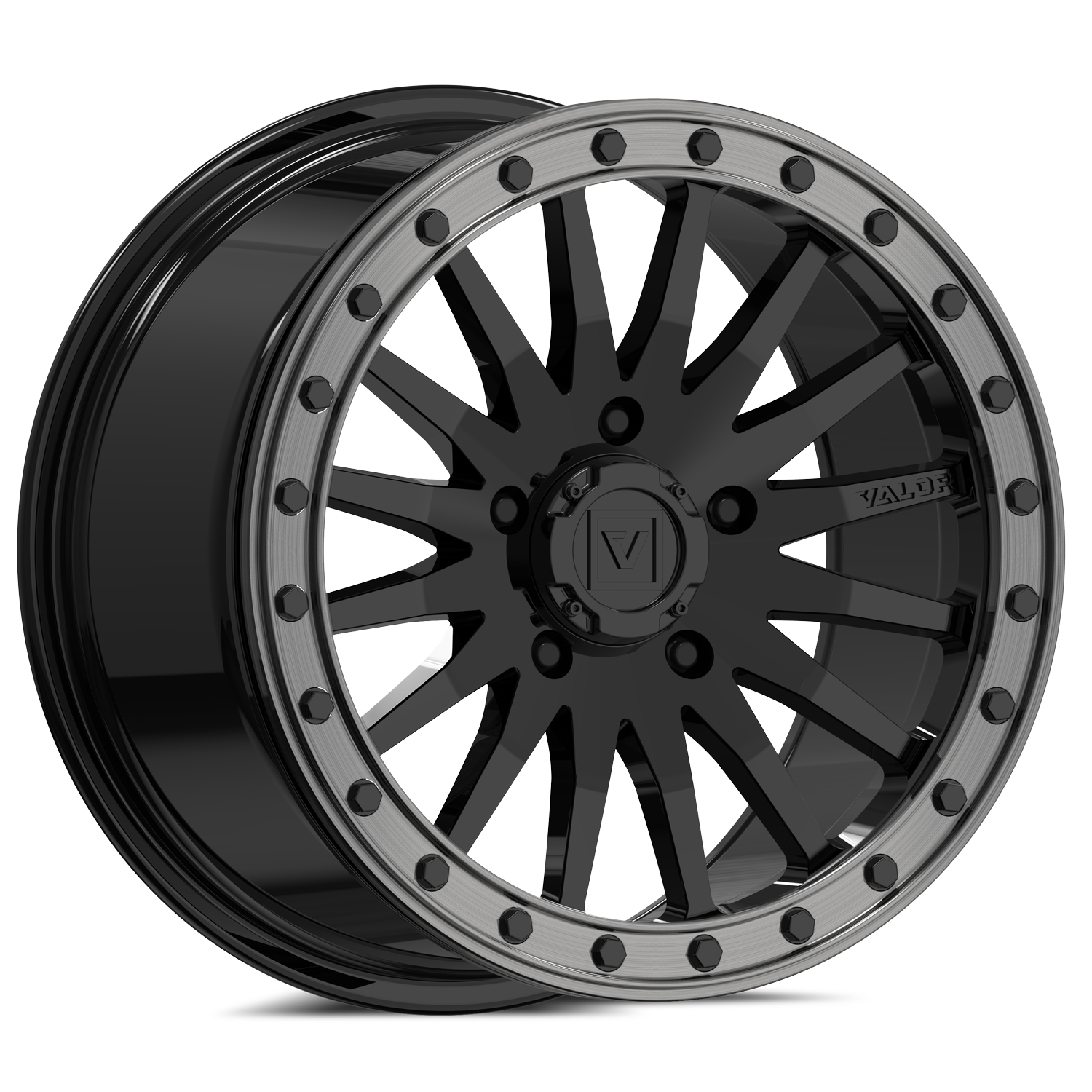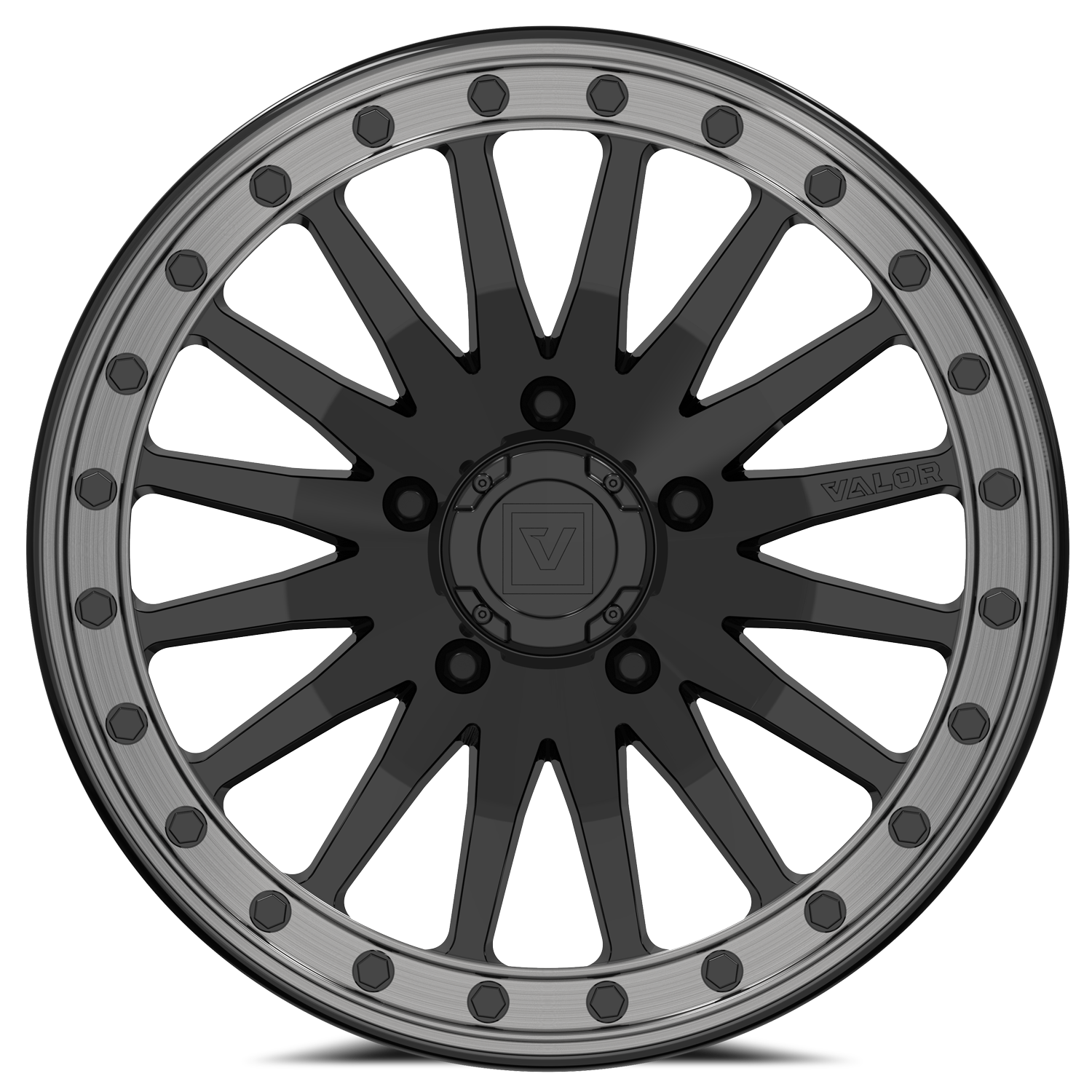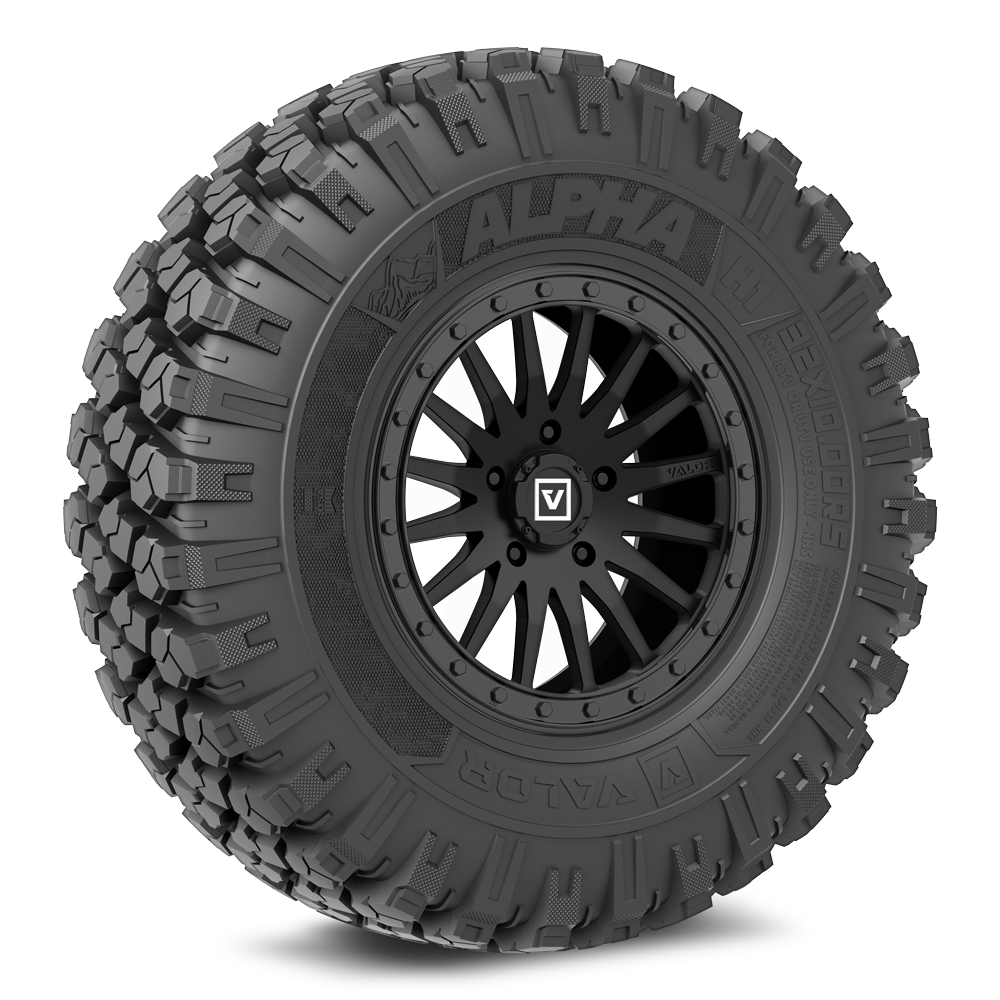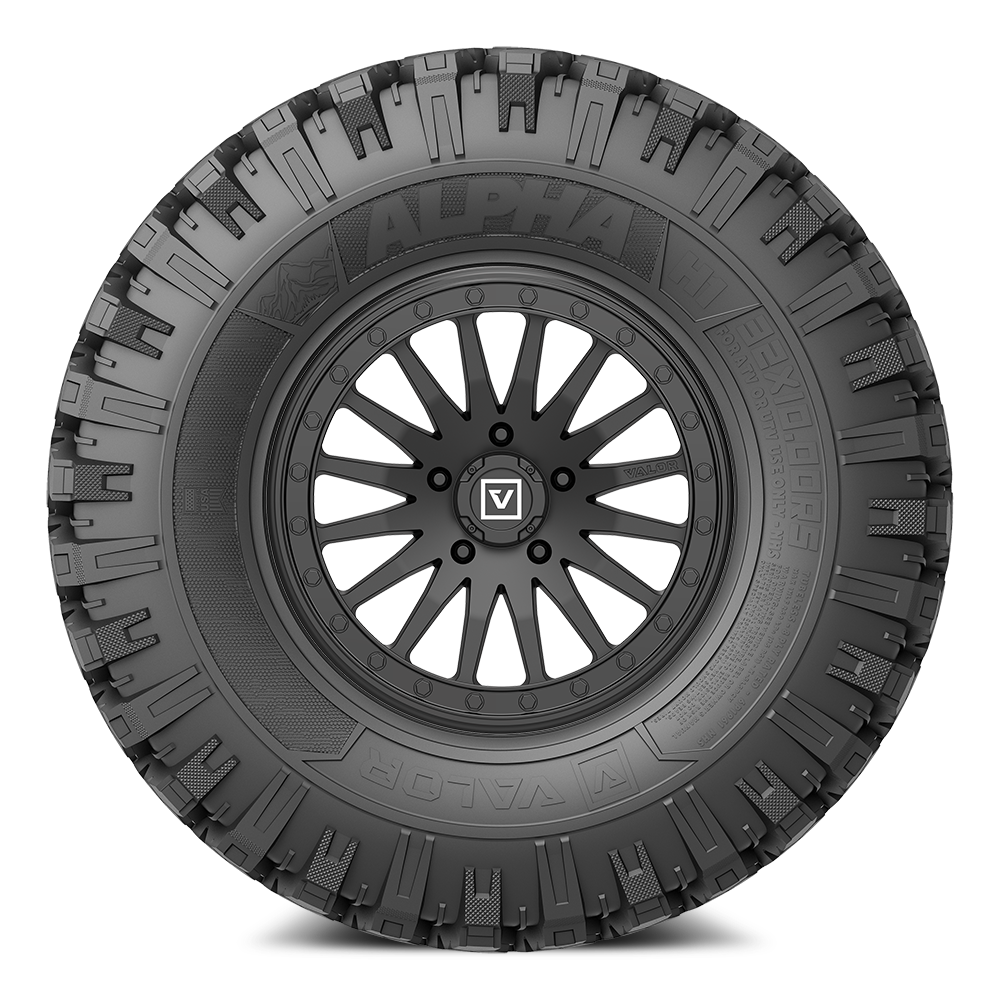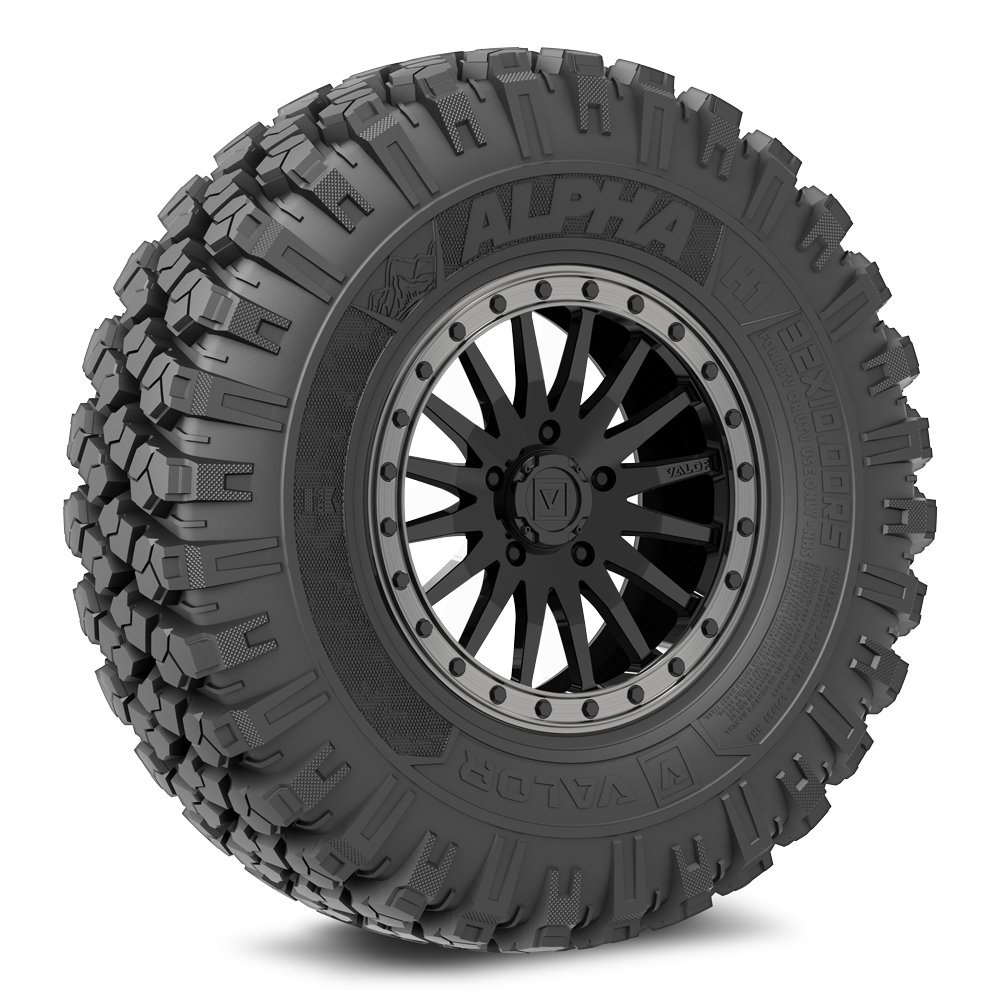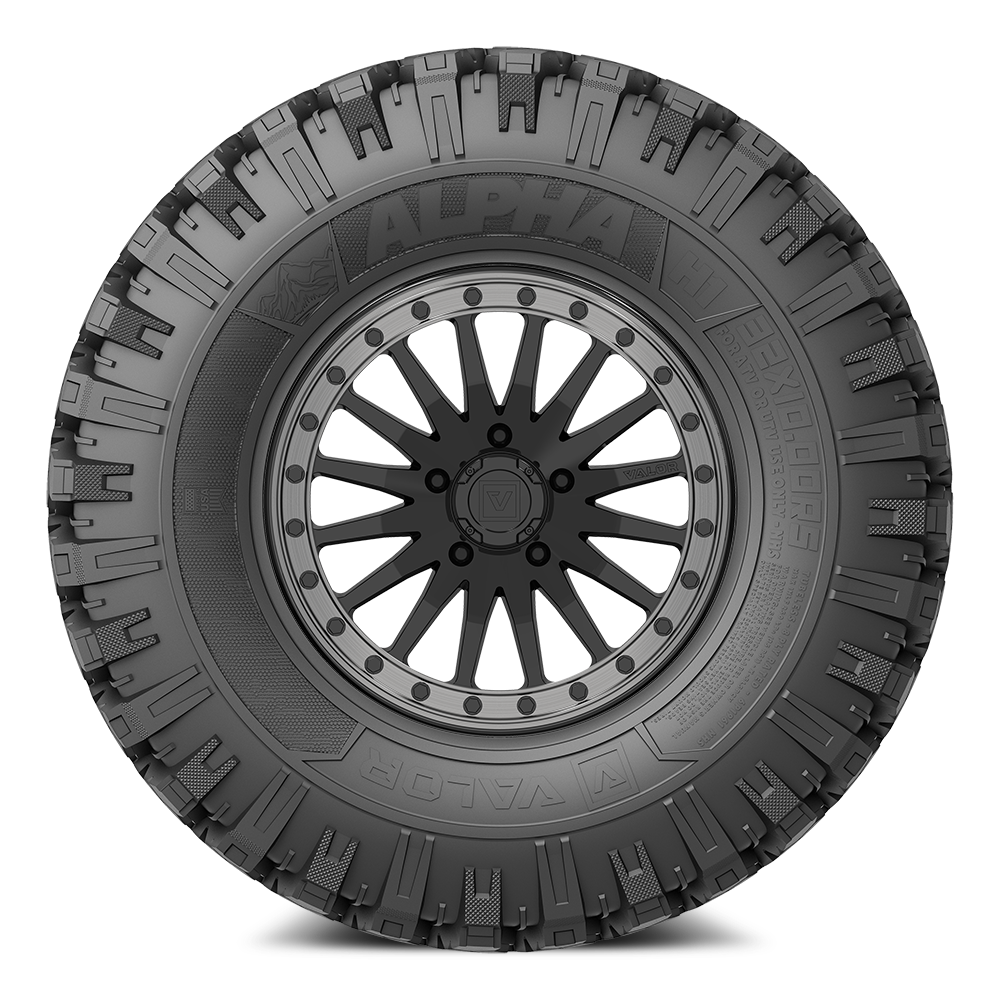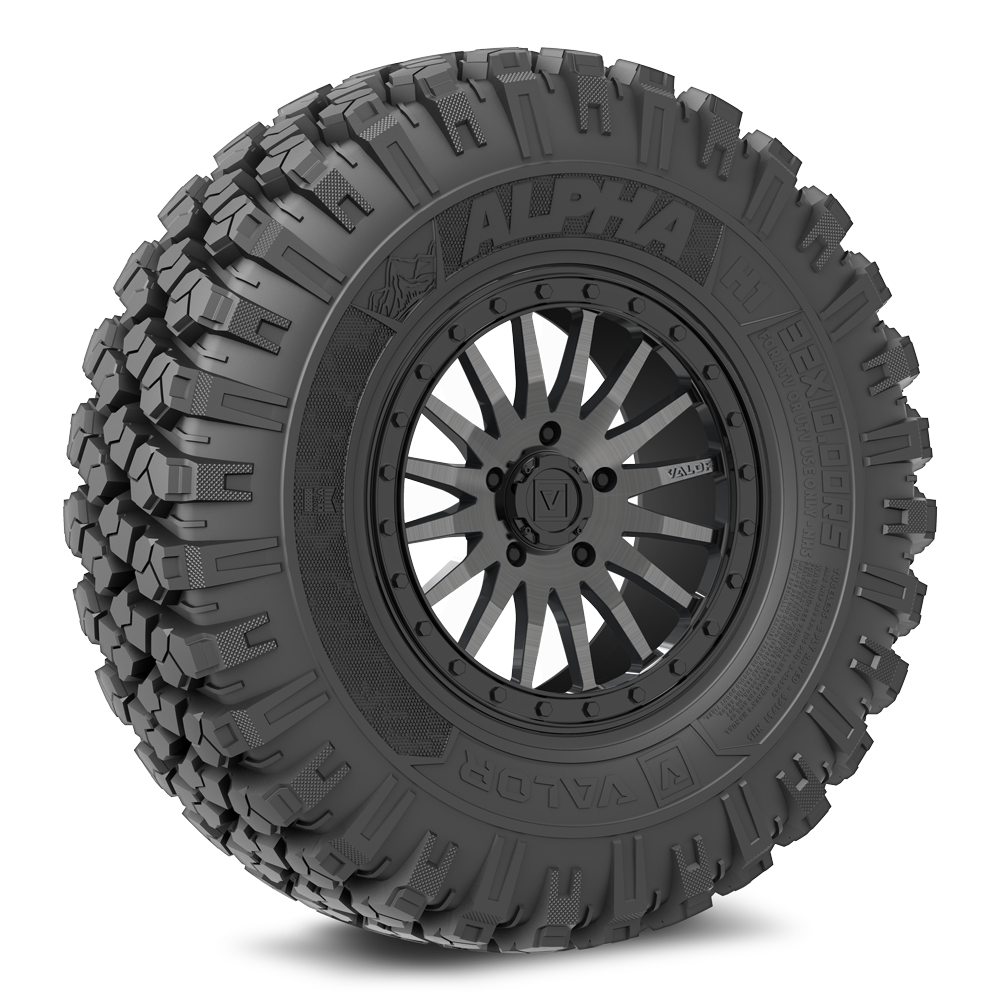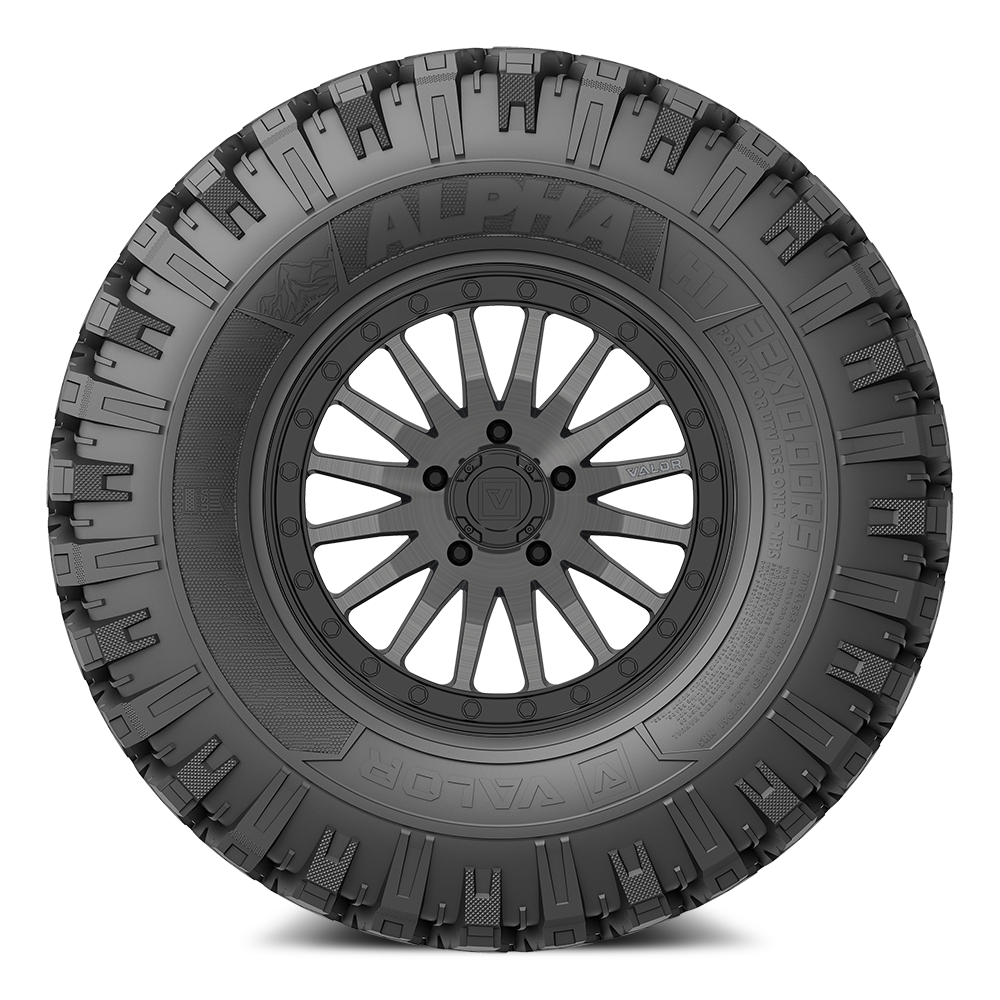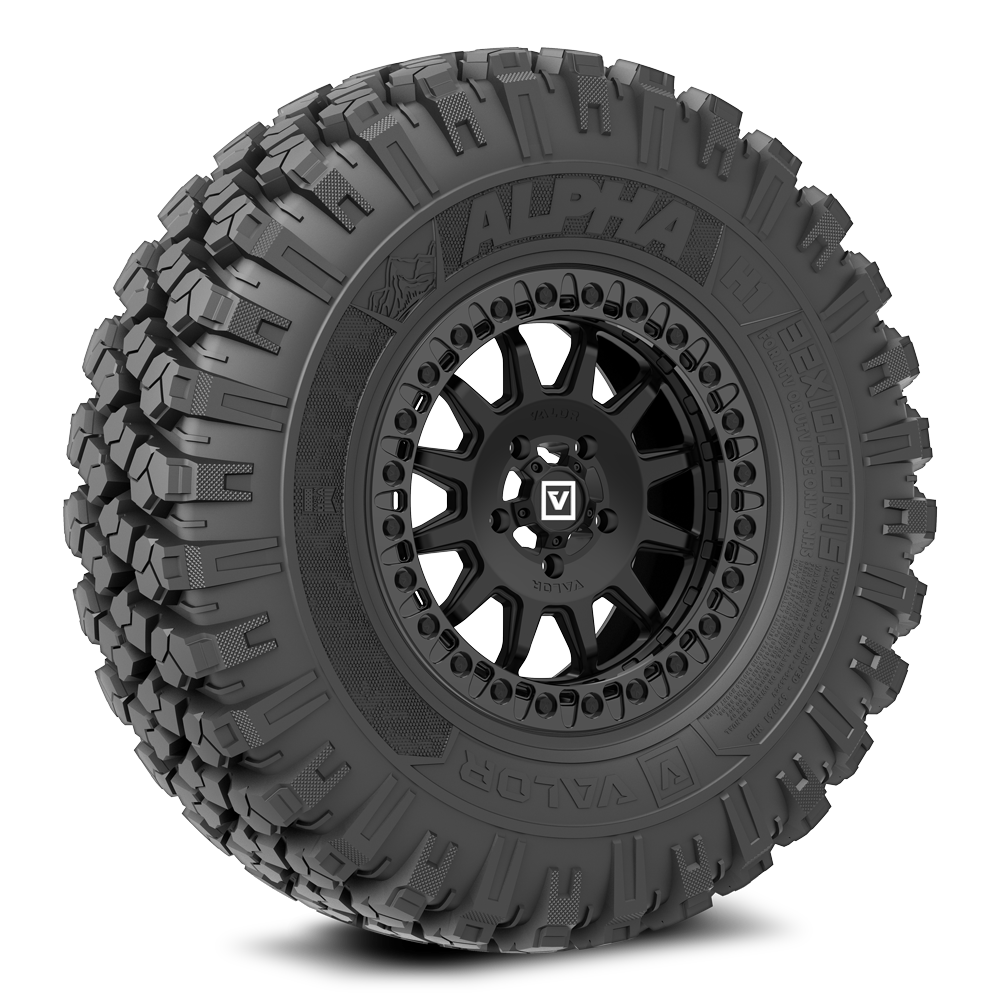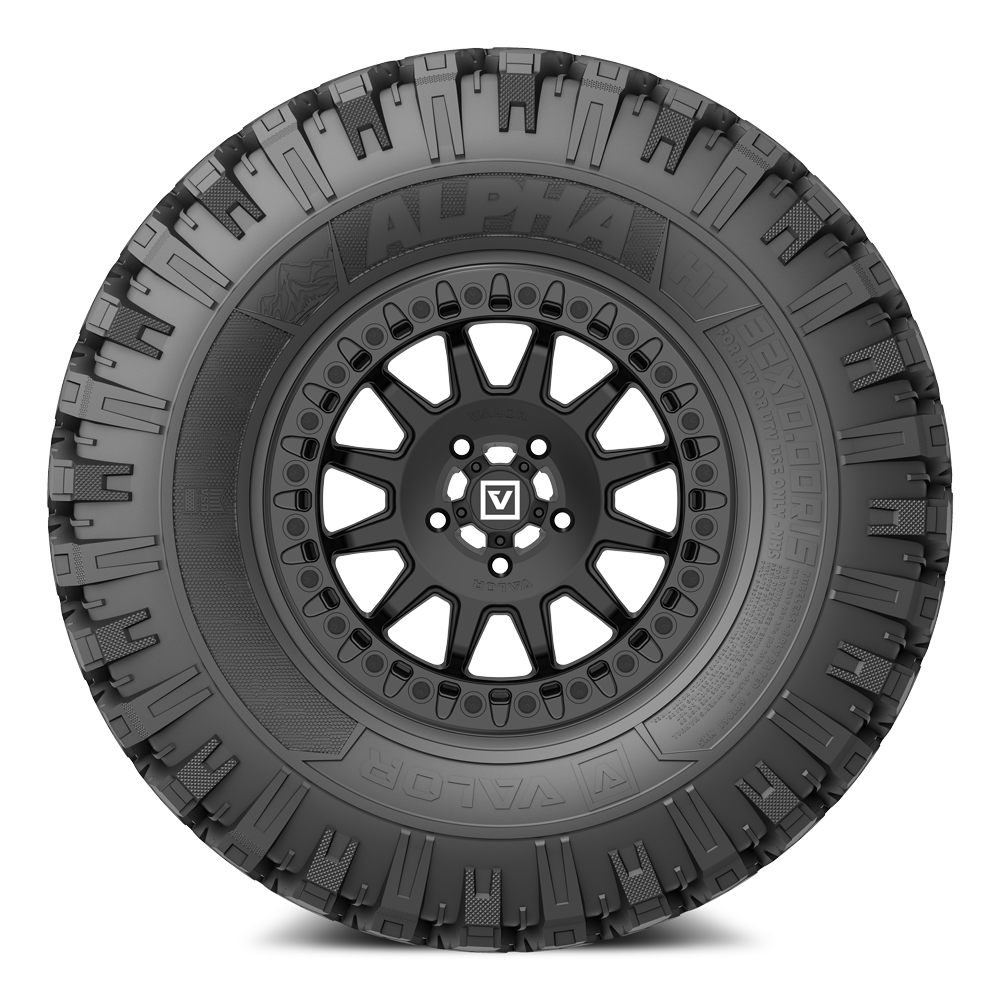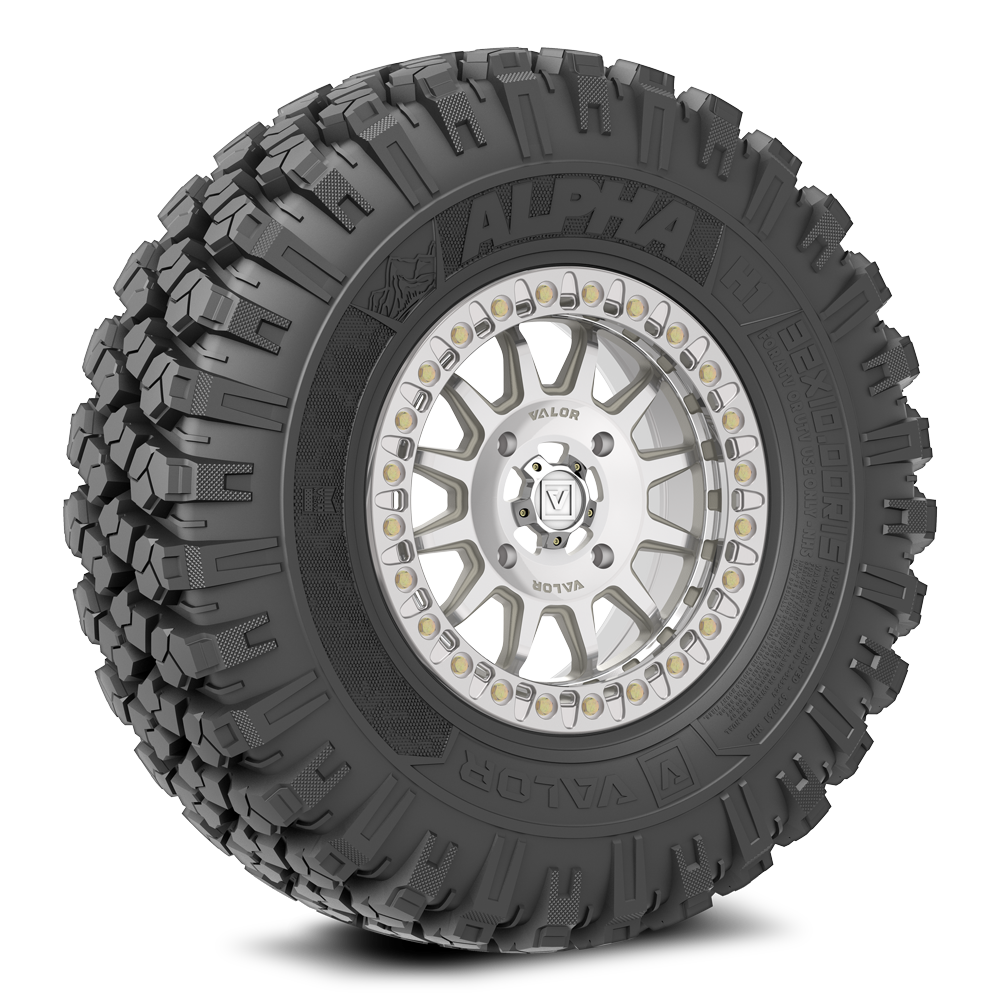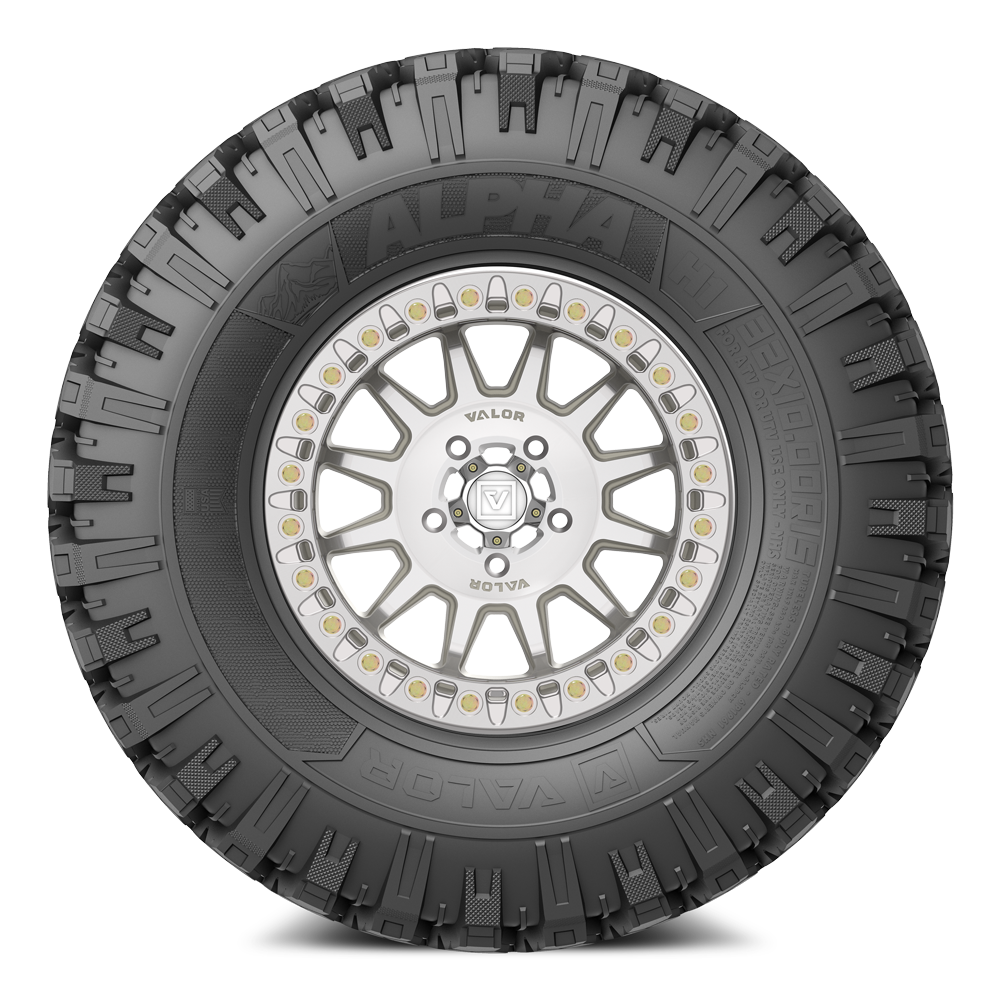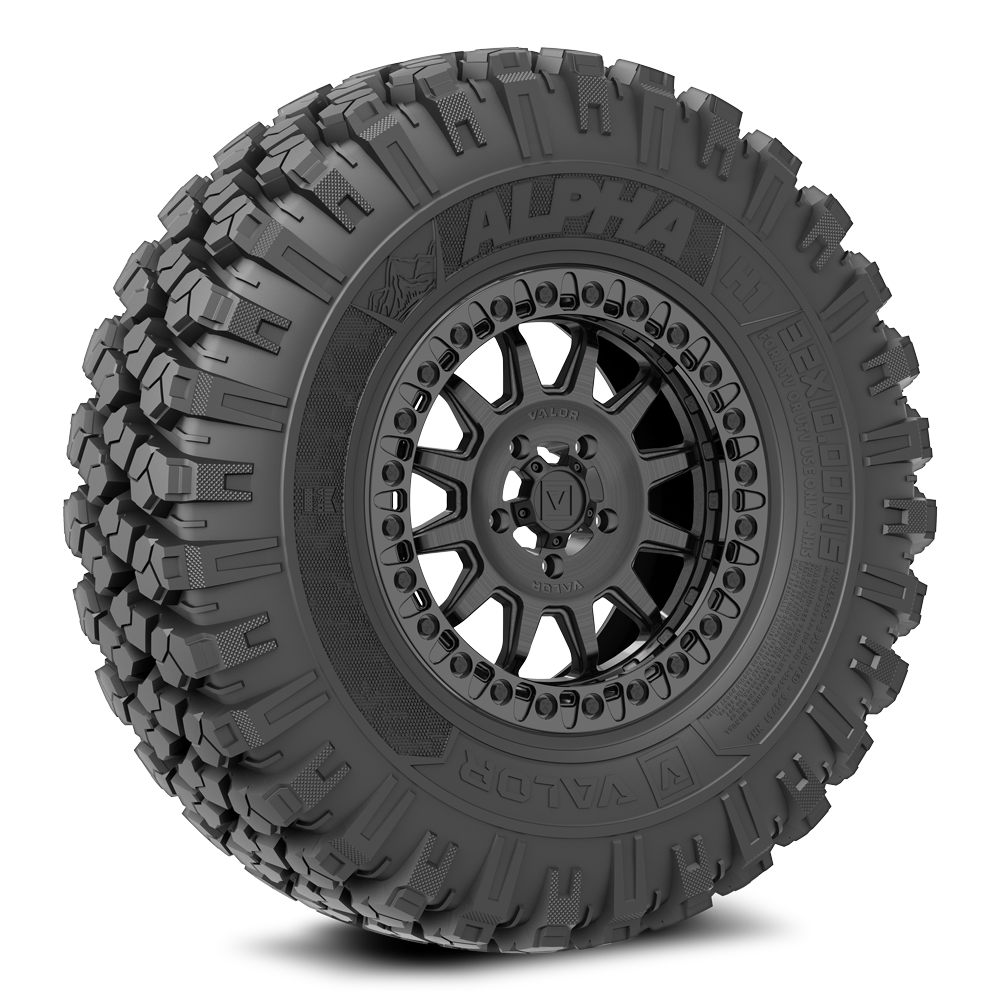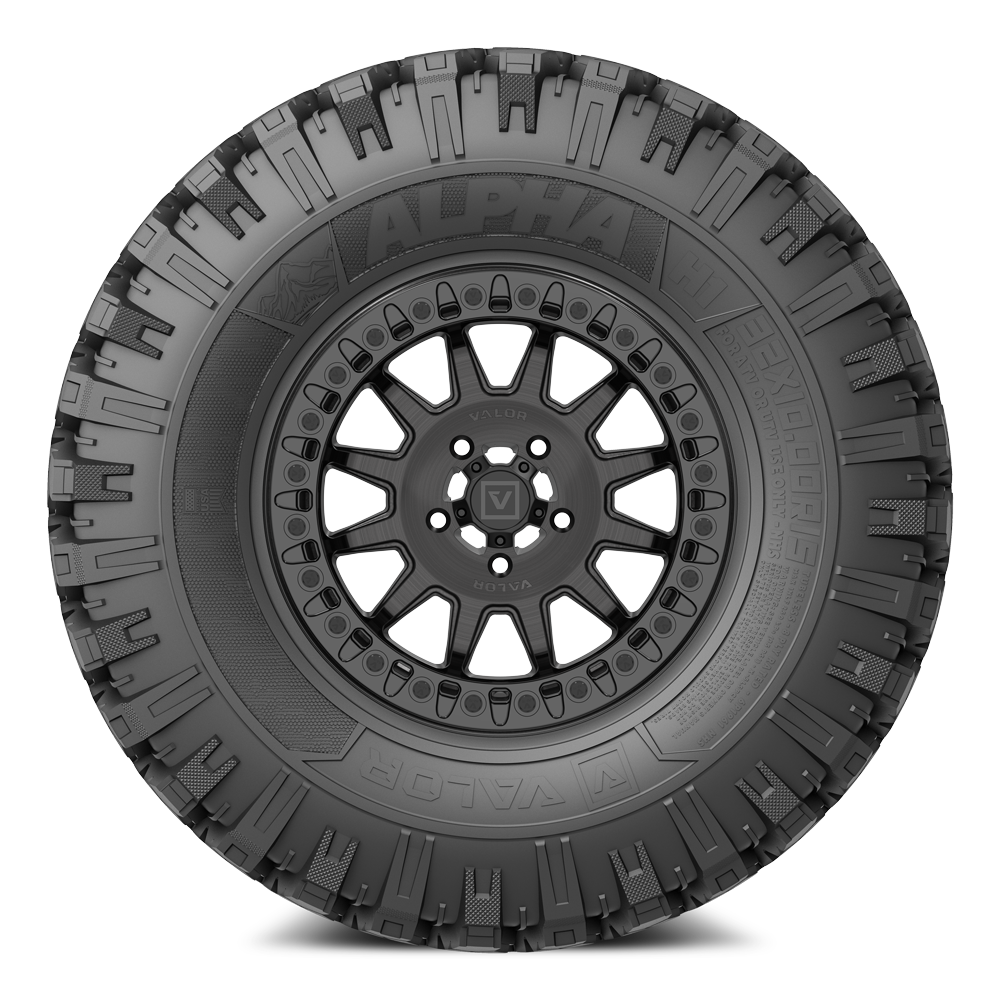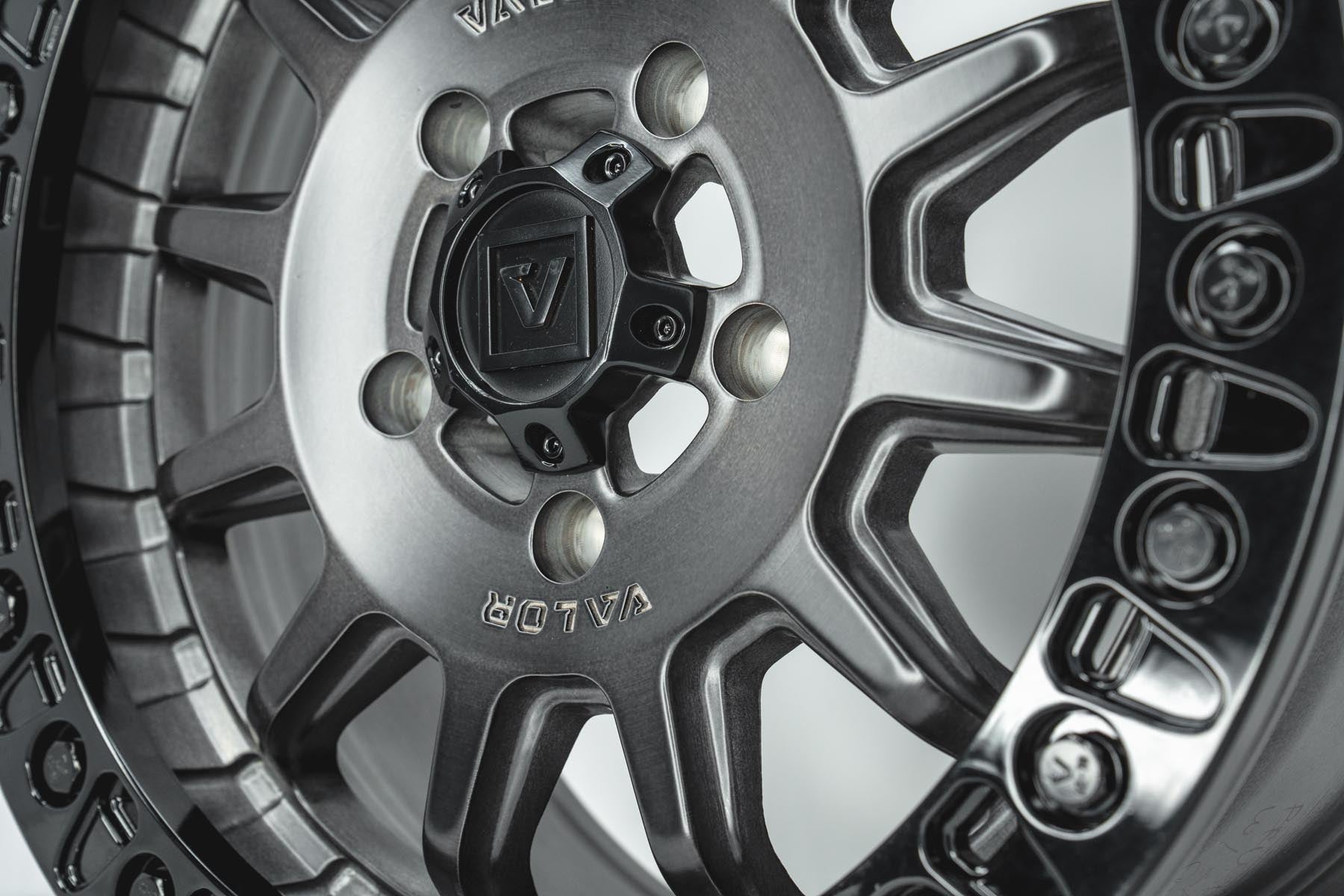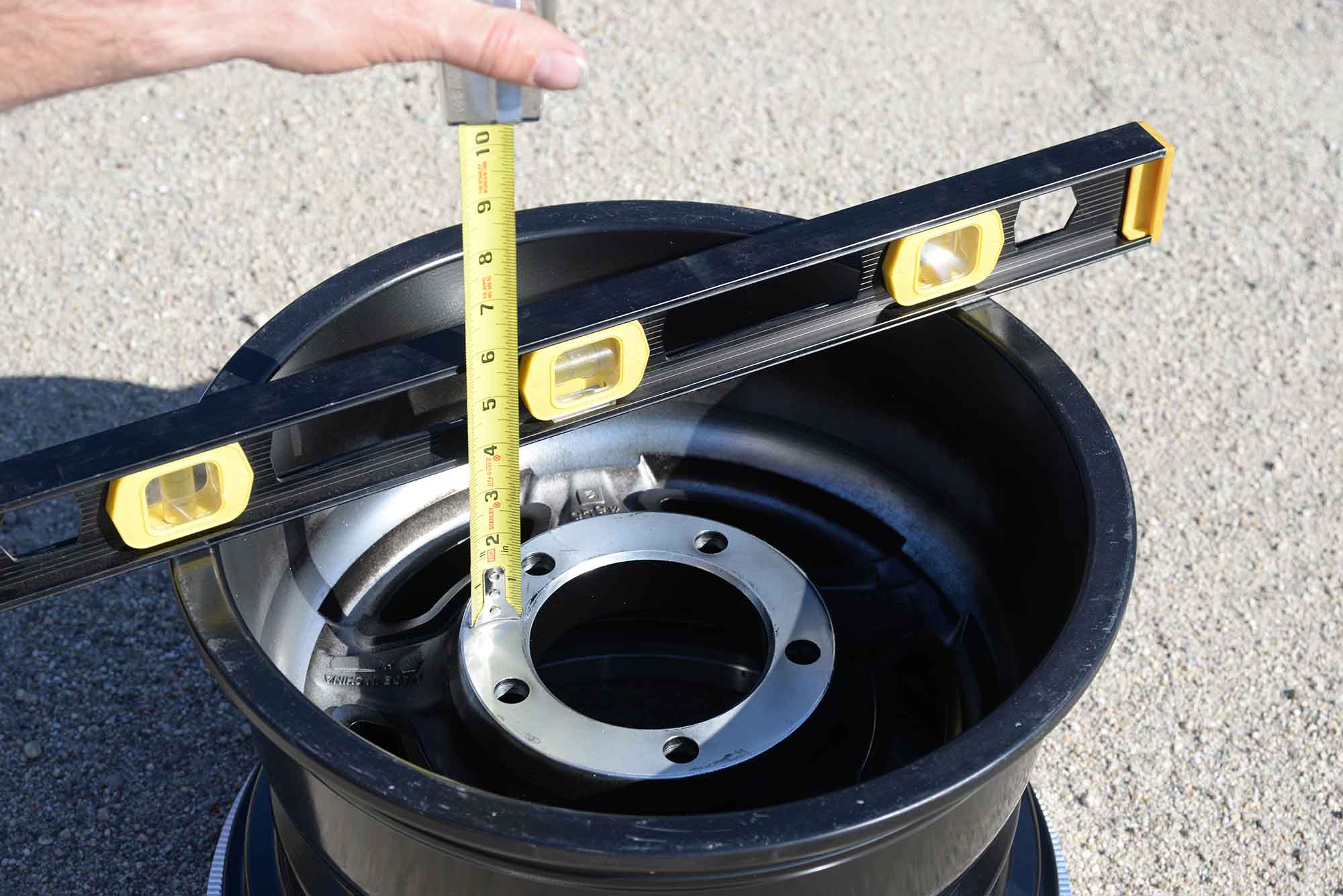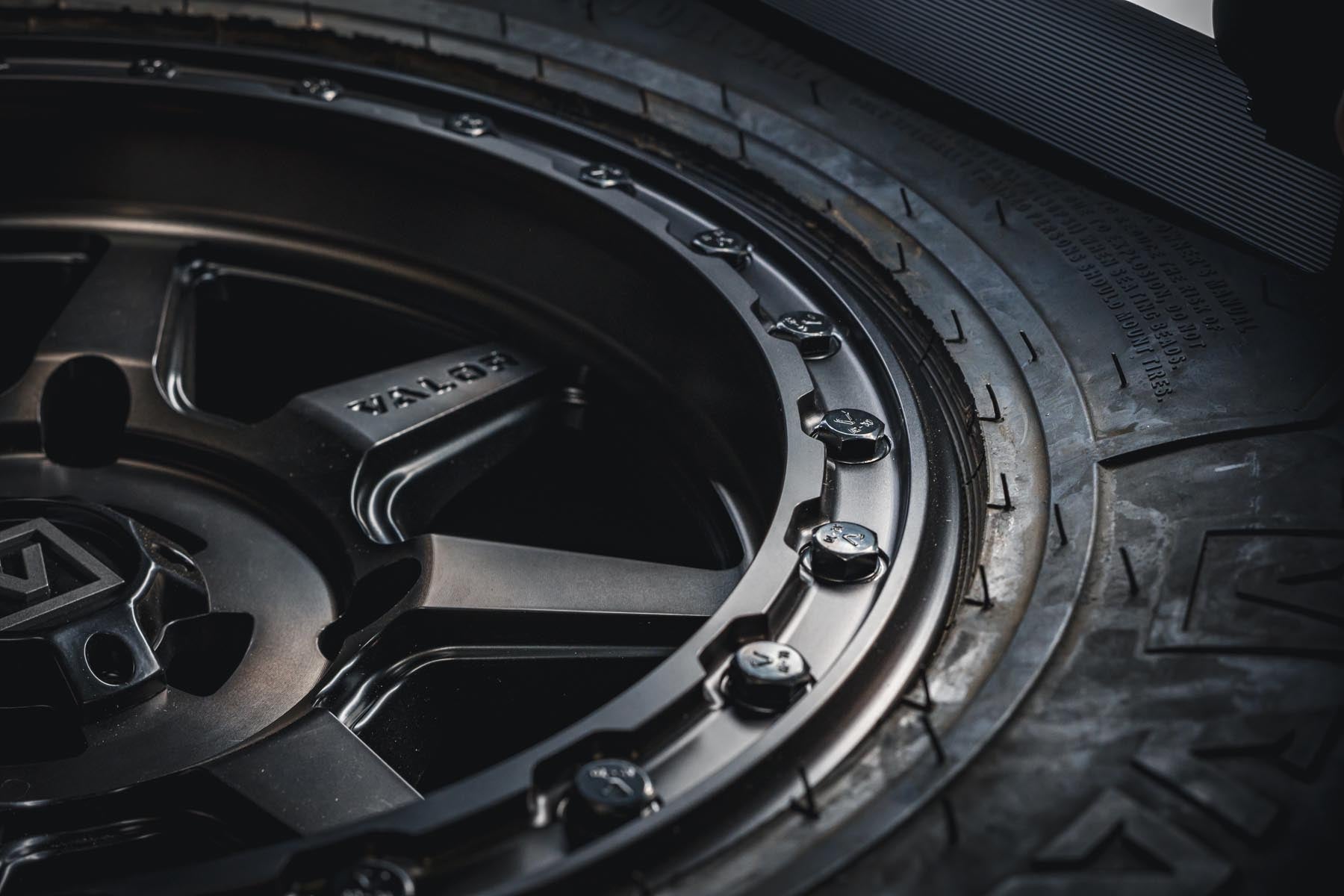Flow Forming, a cutting-edge manufacturing procedure, brings forged-like qualities to cast aluminum wheels. This innovative process combines hydraulic rollers and tremendous pressure to 'Form' the inner rim area, compelling the cast material to conform to a massive steel tooling profile. Flow forming uses a small amount of cast aluminum to stretch along tooling, creating a rear barrel from much less material. Using flow-forming techniques in the manufacturing process results in a stronger, lighter, and more precise product than traditional cast wheel forming.
- 1: The wheel face (center spoke design) and outer lip/barrel are cast using low-pressure die-casting. The rear lip/barrel is not cast into the mold but will be created during the heated rotary forging process.
- 2: The wheel rear barrel is heated, and pressure is applied with hydraulic rollers to spread cast aluminum material. Applying equal pressure, the wheel barrel is formed using a precision program and rotating drum die.
- 3: Hydraulic roller pressure is continued until the final maximum width is desired. At the very end of the program, the rear lip of the barrel is added.

The benefits of flow forming are substantial. It enhances the mechanical properties of aluminum and utilizes the aluminum material more efficiently. When compared with conventional casting, flow-formed wheels demonstrate superior precision accuracy, surface finish quality, material hardening, and optimized grain structure. Flow forming not only creates a superior UTV wheel but also proves to be more efficient in the manufacturing process.

Grain Structure Matters
CNC machining is typically performed on a pre-worked (hardened) billet that already has grain flow. We use this process in our billet beadlock rings.
Cast UTV wheels do not have uniform grain structure, flow, or directional strength. During the casting process, slurry is poured into a mold, and as this slurry cools, dendrites form, eventually turning into grains. These grains are not uniform, as some may be small, large, coarse, and/or fine, which results in grain boundary voids. When there are voids in a manufactured component, this means that that component will have very little impact or fatigue resistance.
Flow Forming produces wheels in which the grains are deliberately aligned in the direction of maximum strength, resulting in exceptional fatigue and impact resistance. Stretching the aluminum's grain structure longitudinally, flow forming greatly increases aluminum's strength and fatigue resistance. Grain flow directly affects the material’s mechanical properties since it determines the direction that the underlying grains push or pull when under stress or fatigue.
Wheels currently utilizing Flow Forming:


